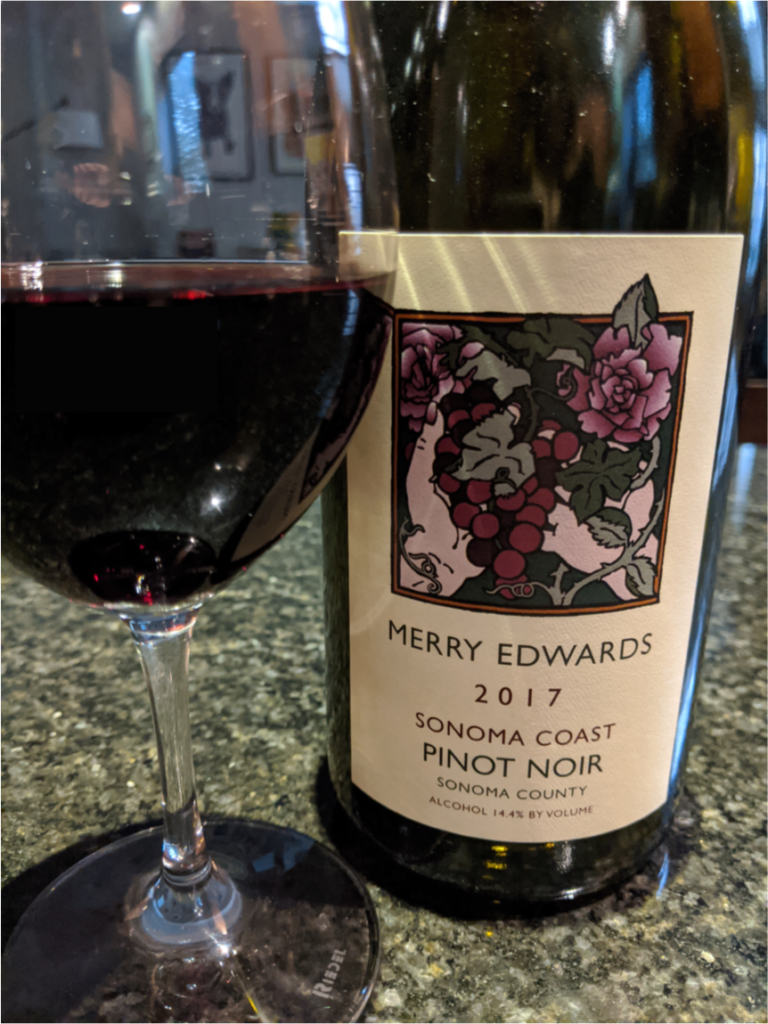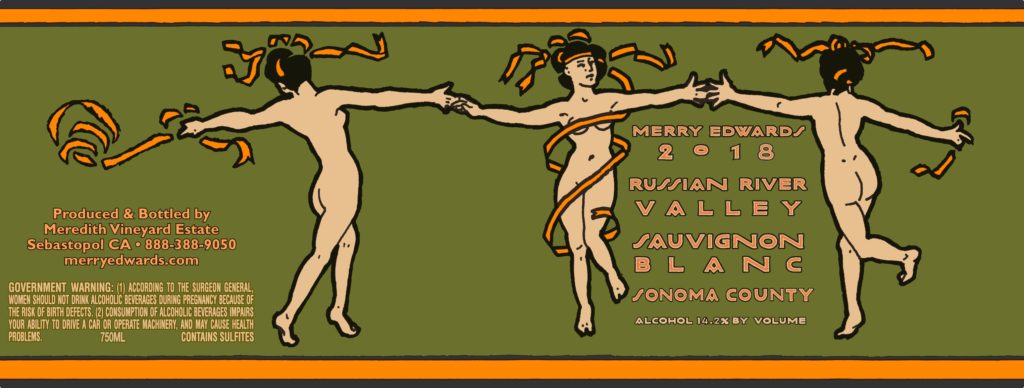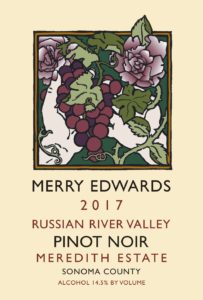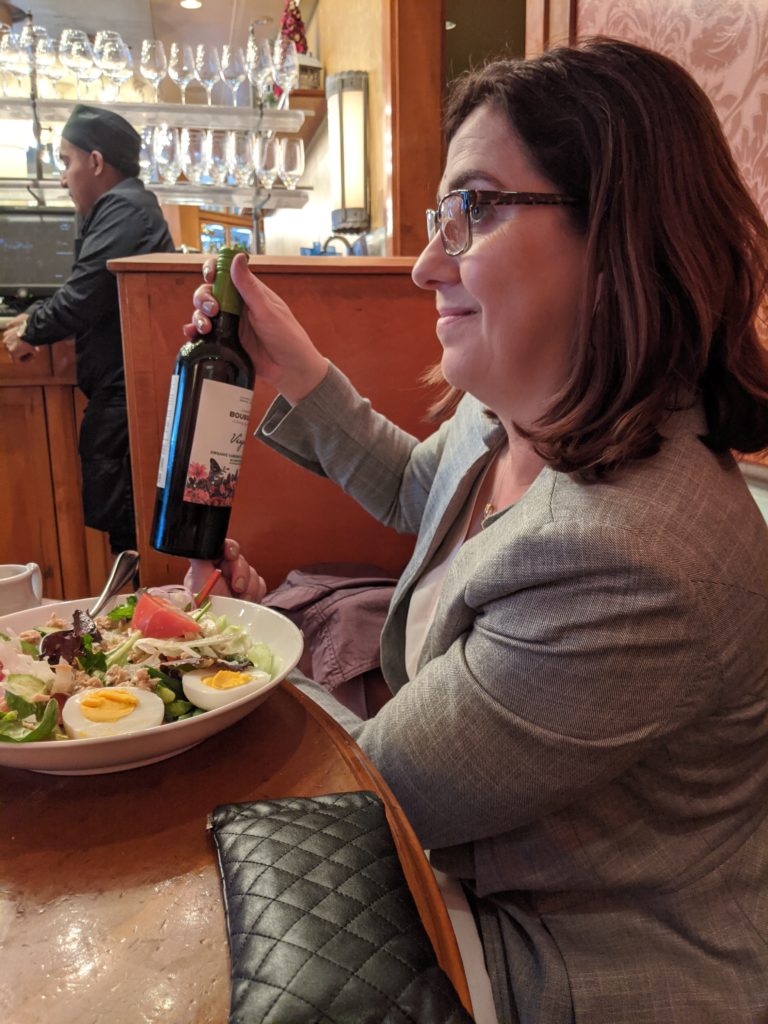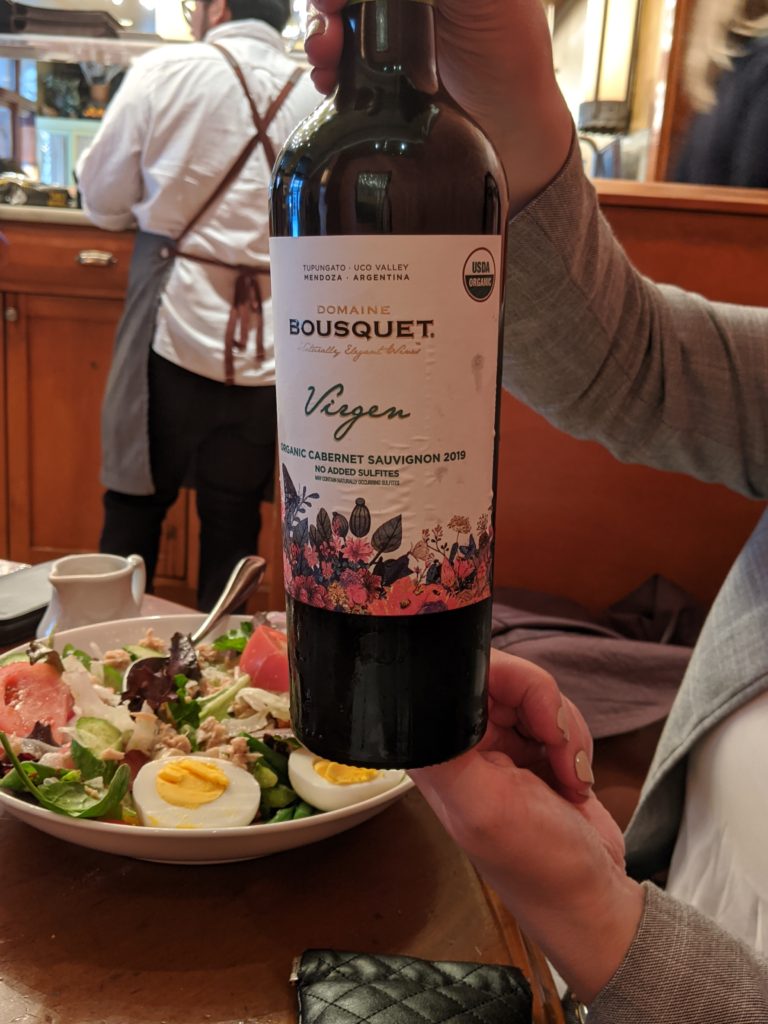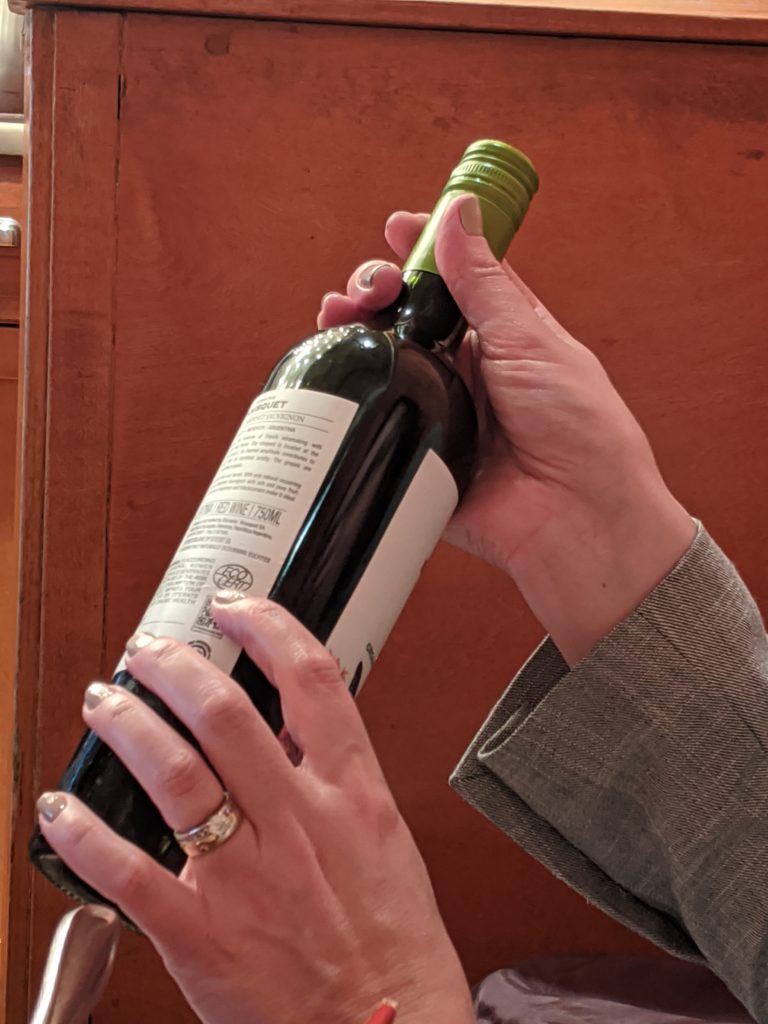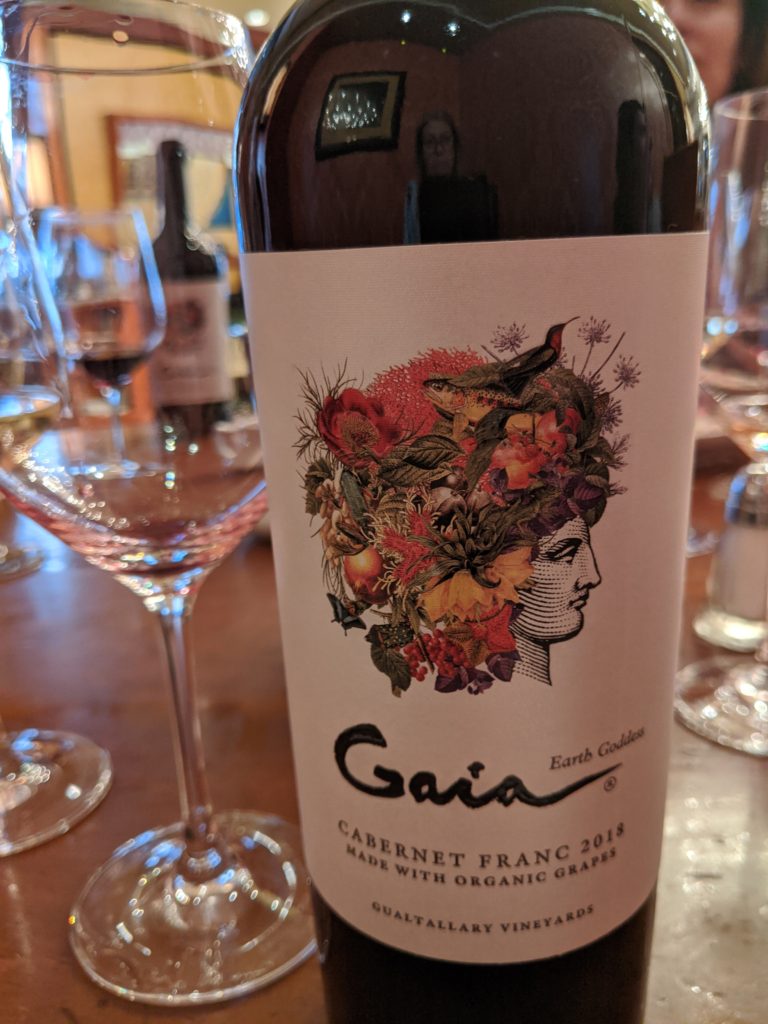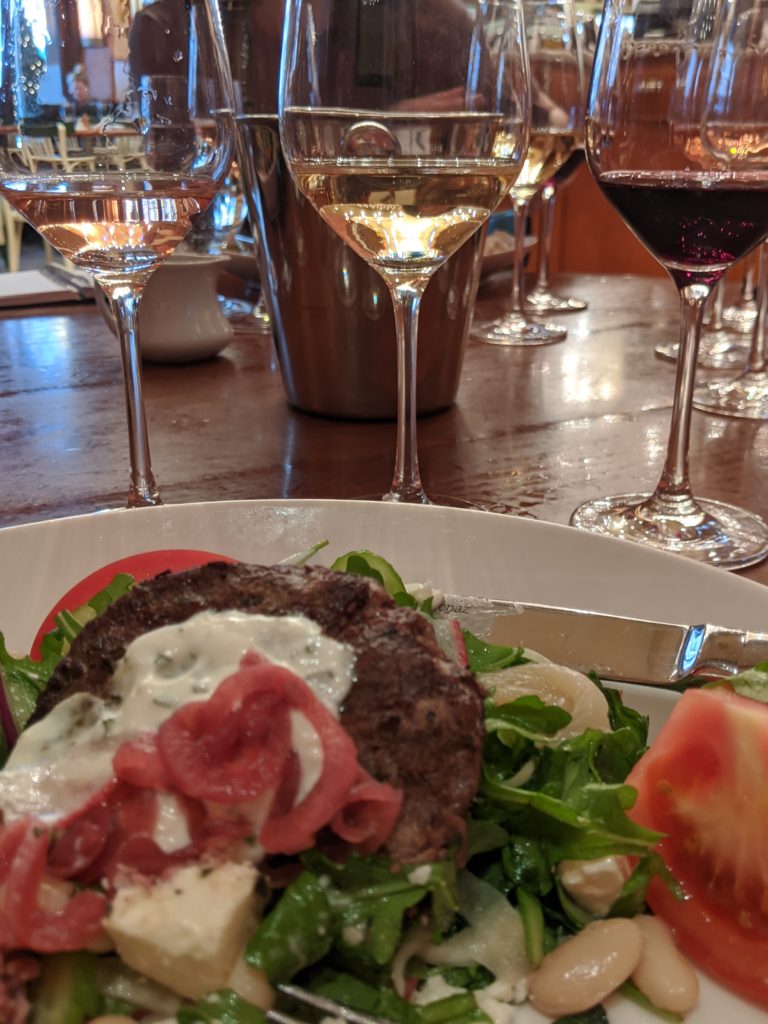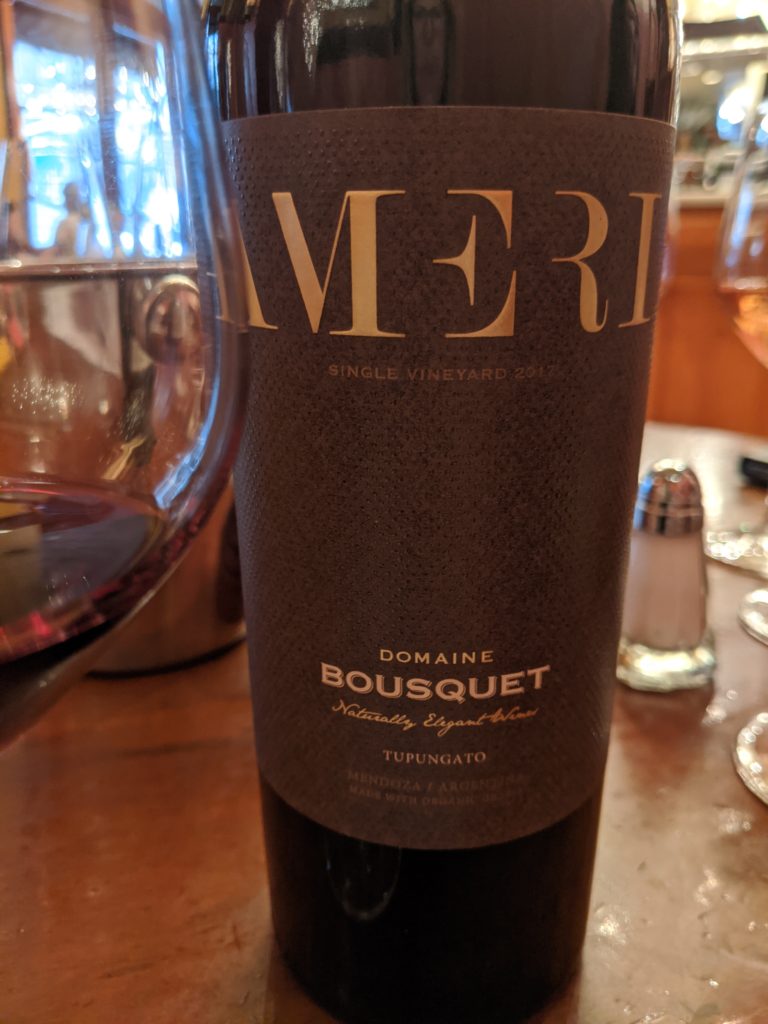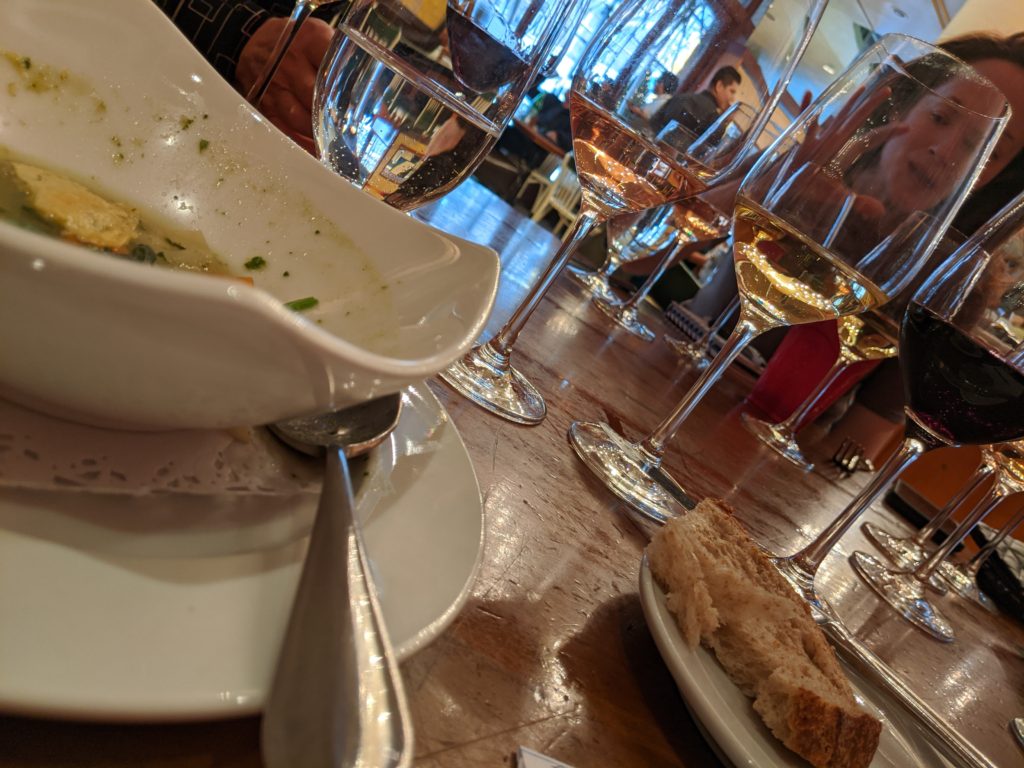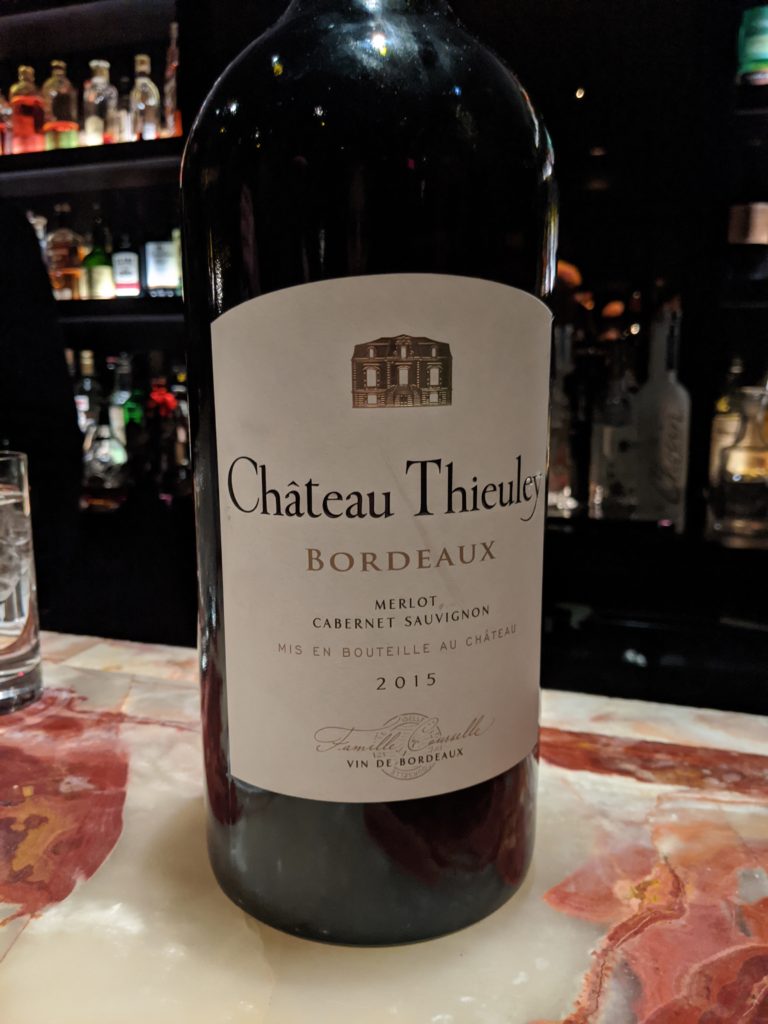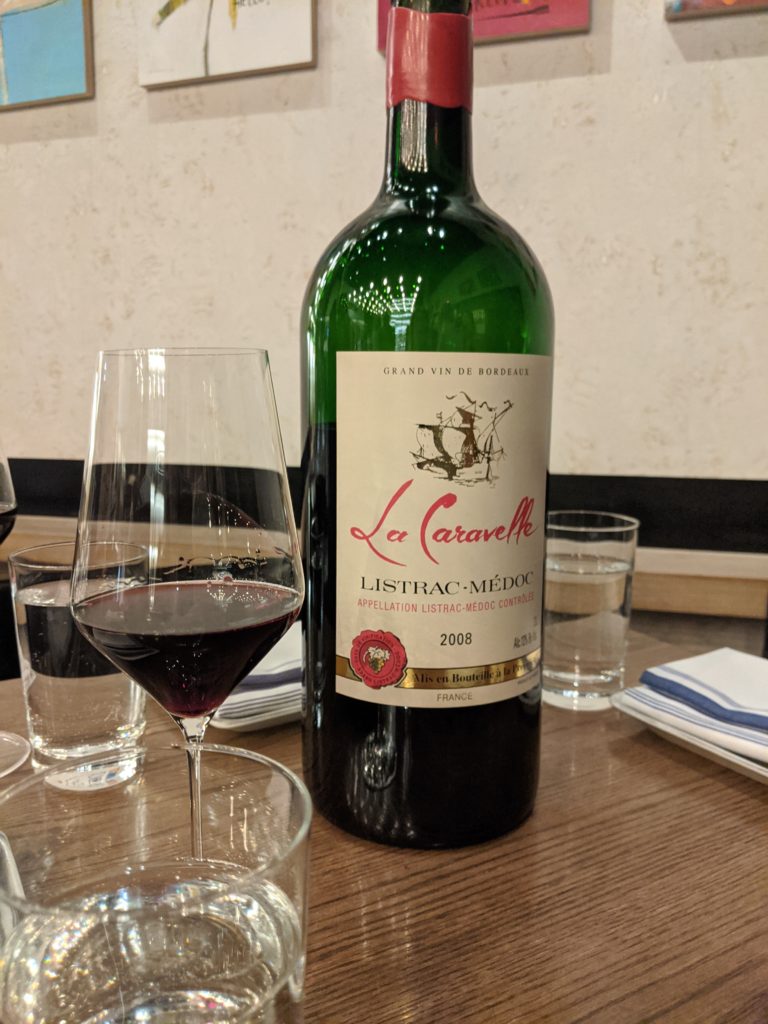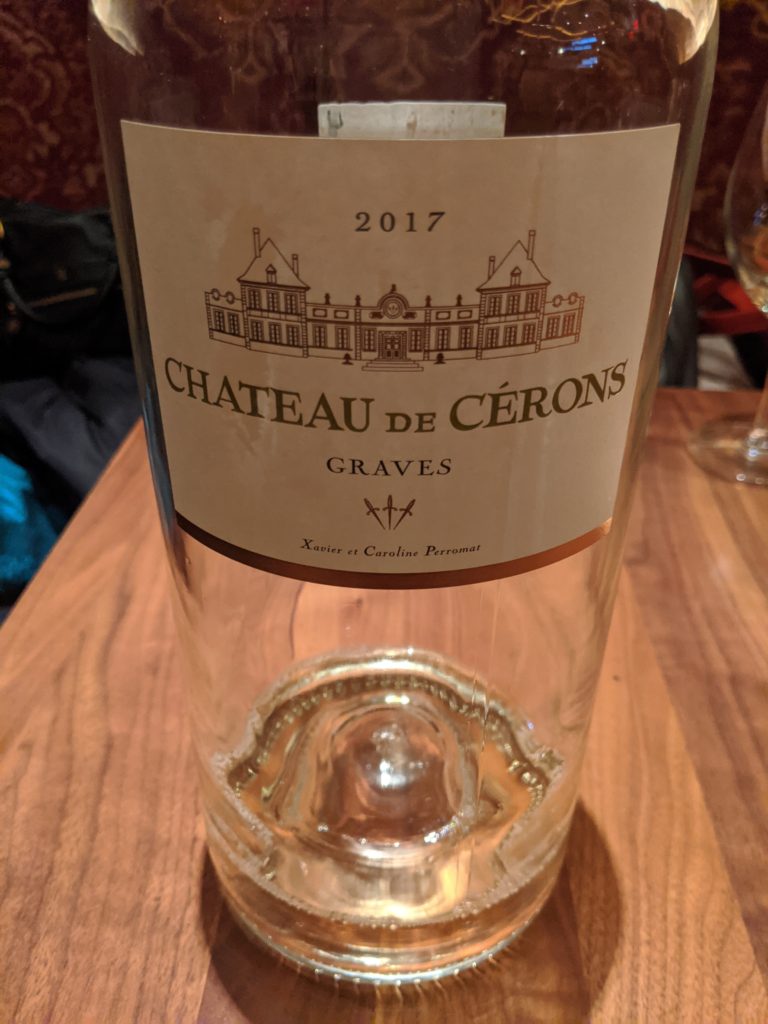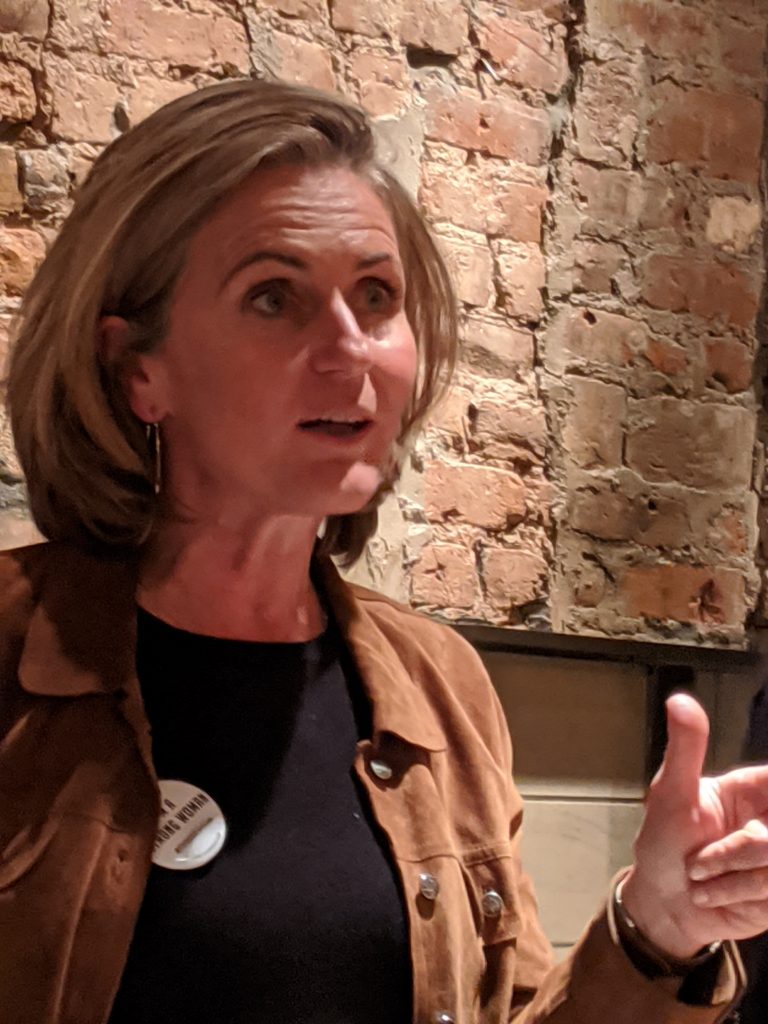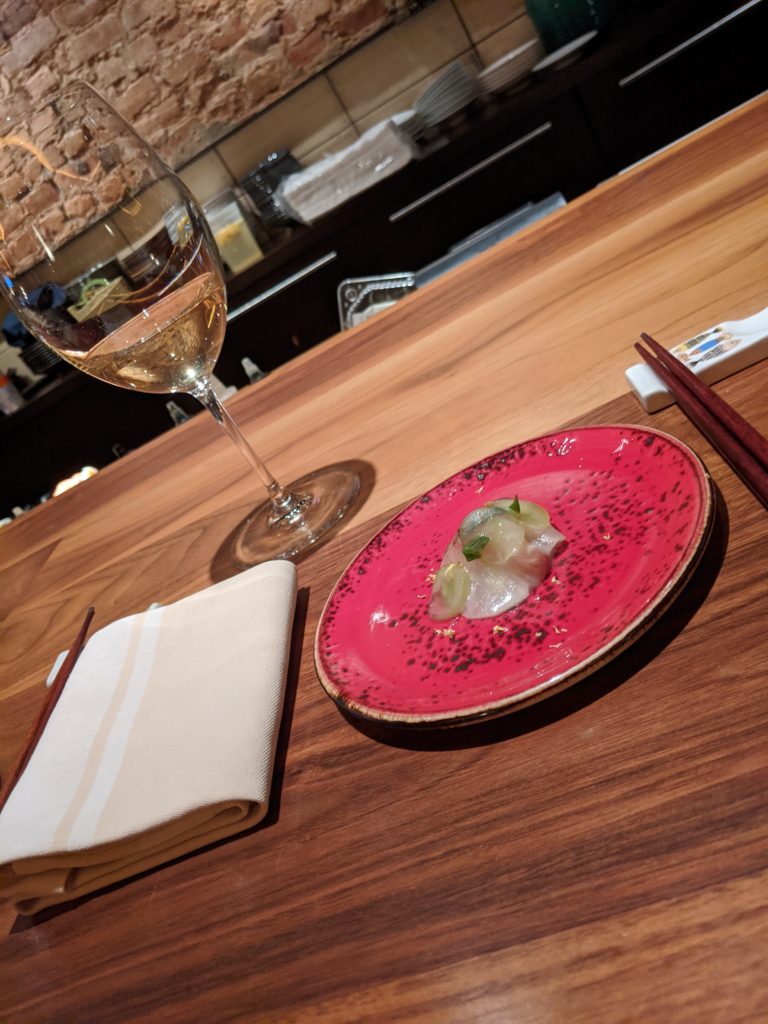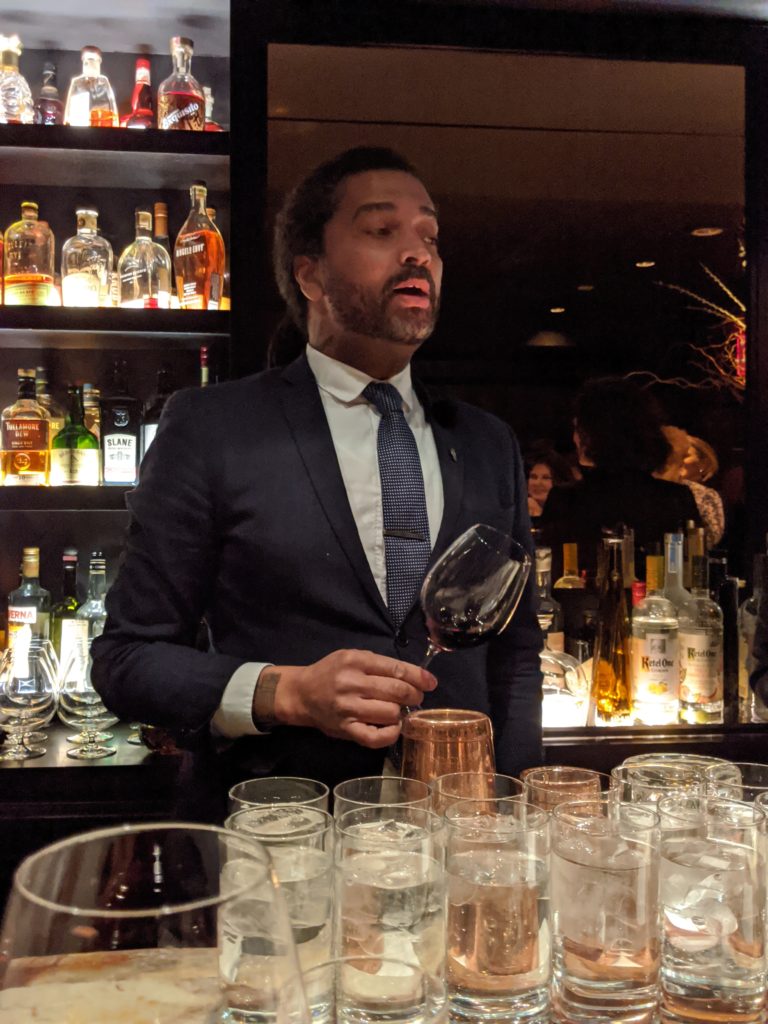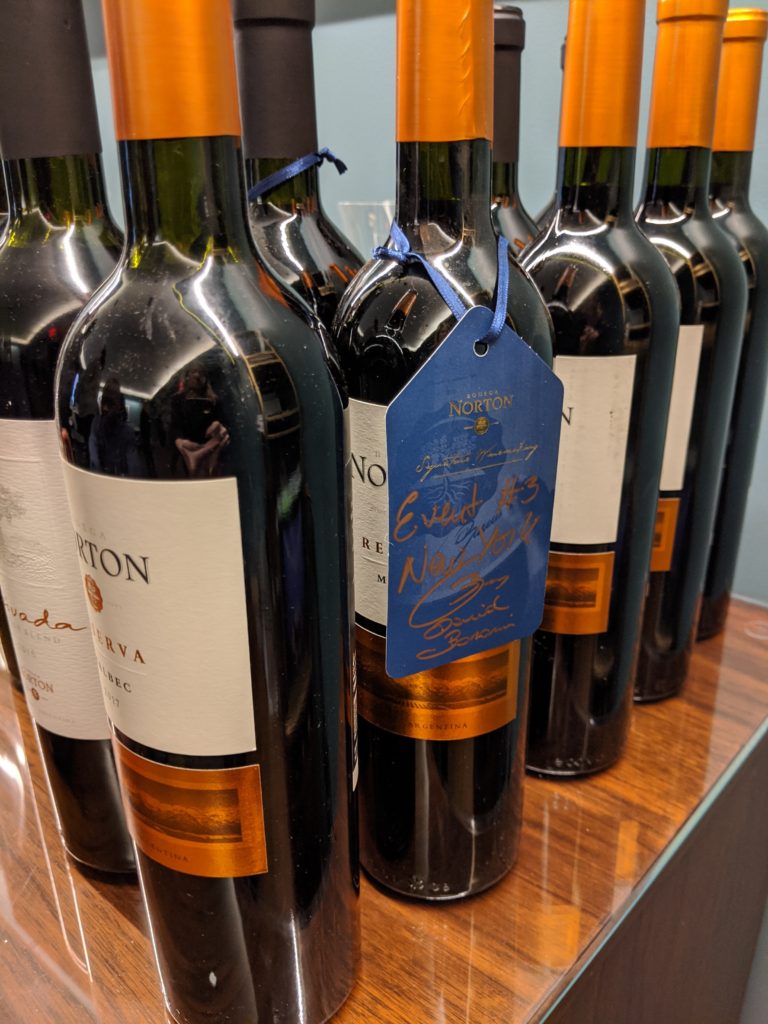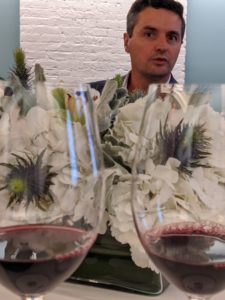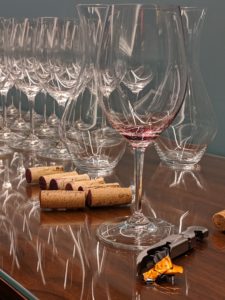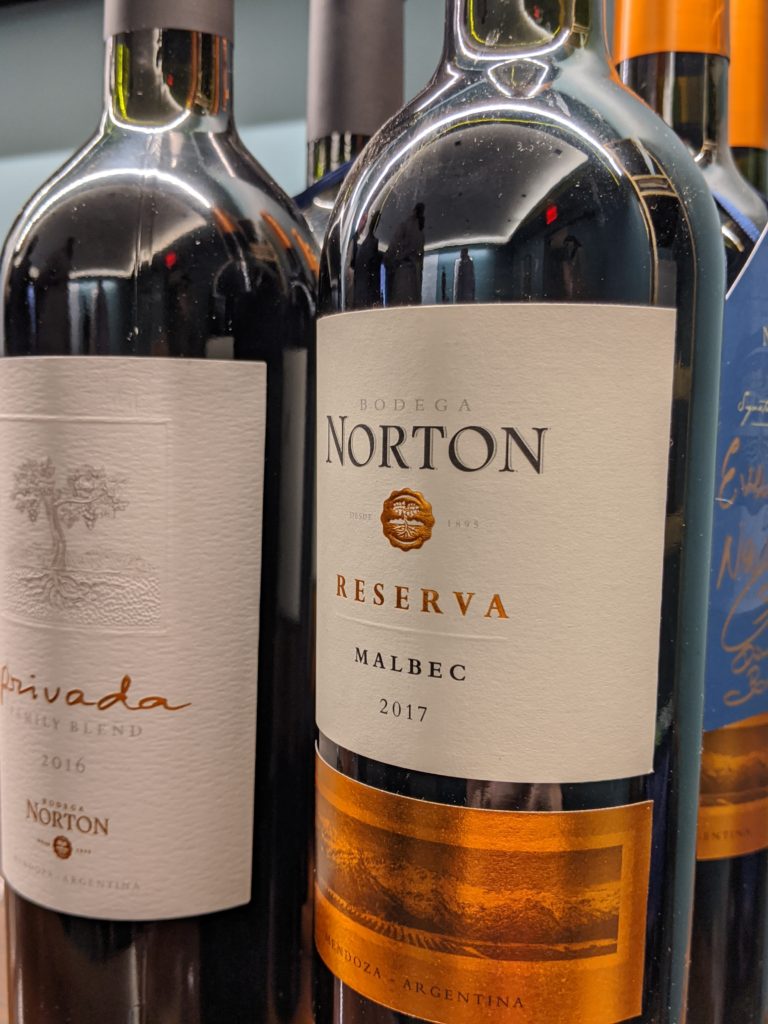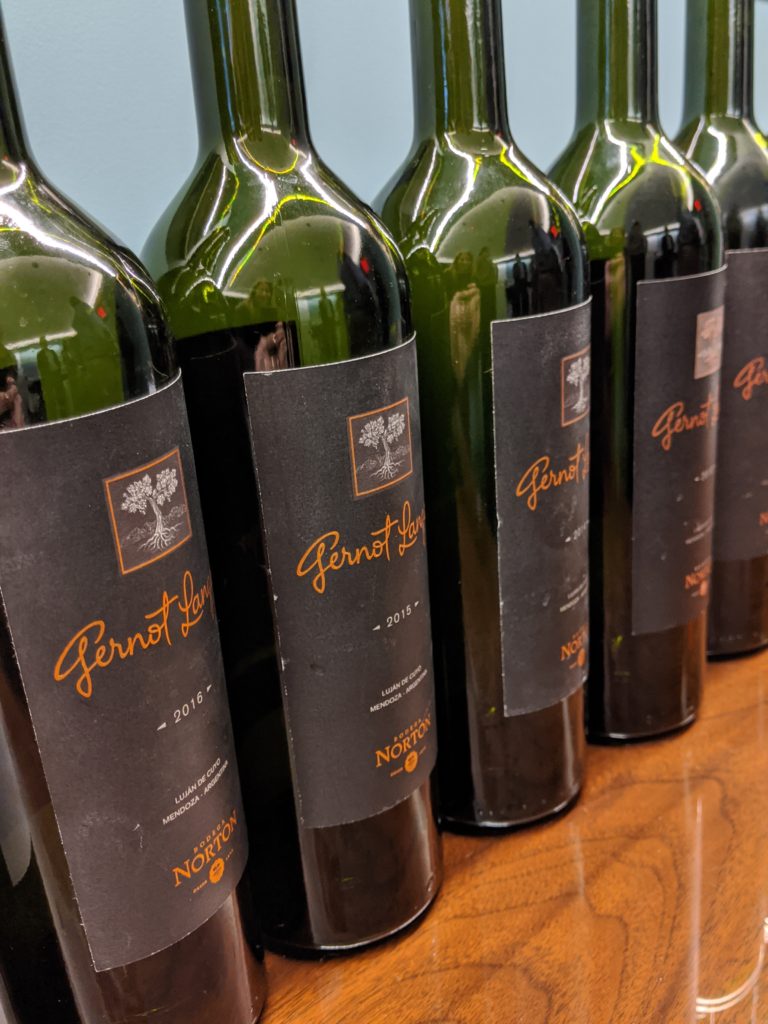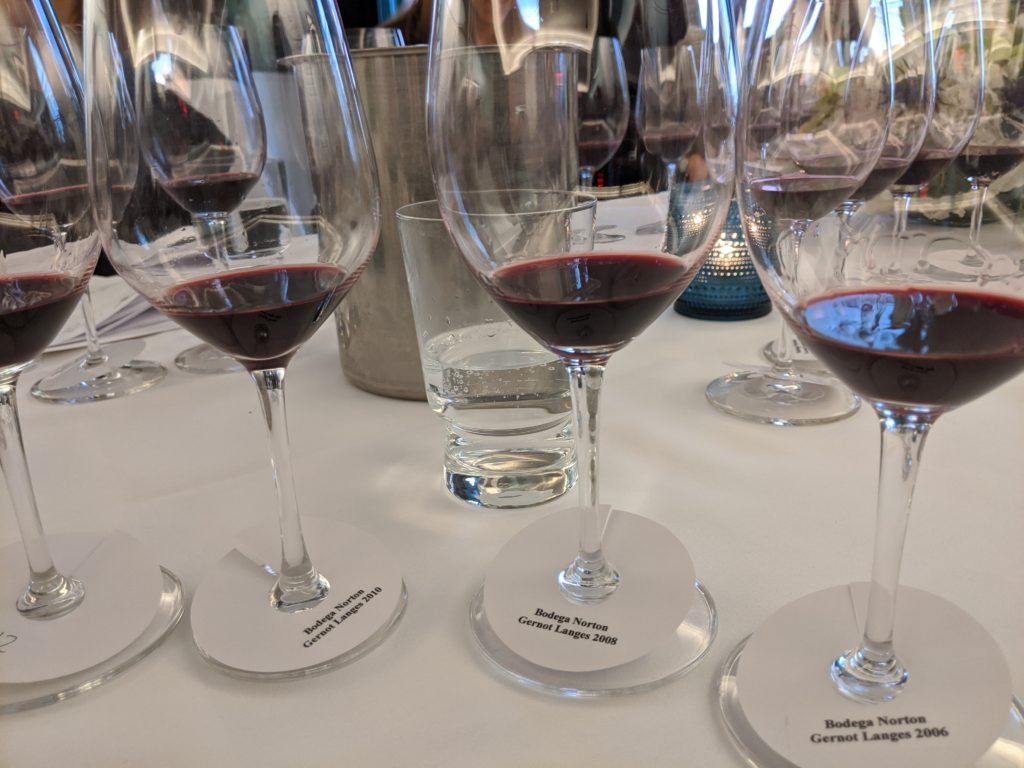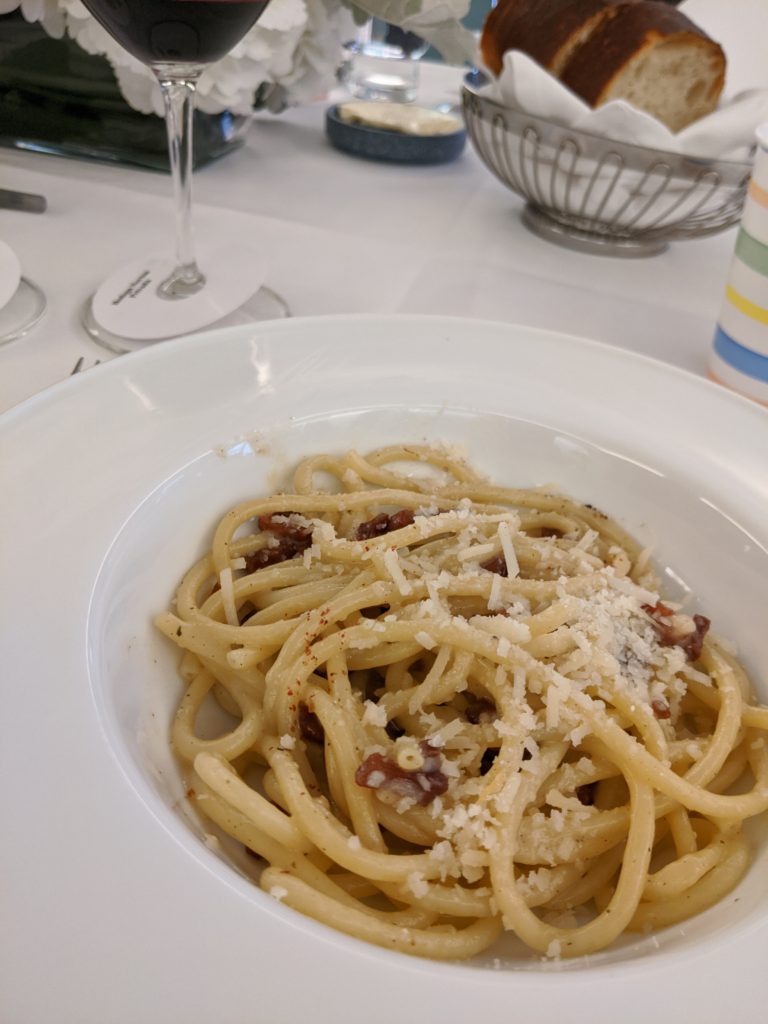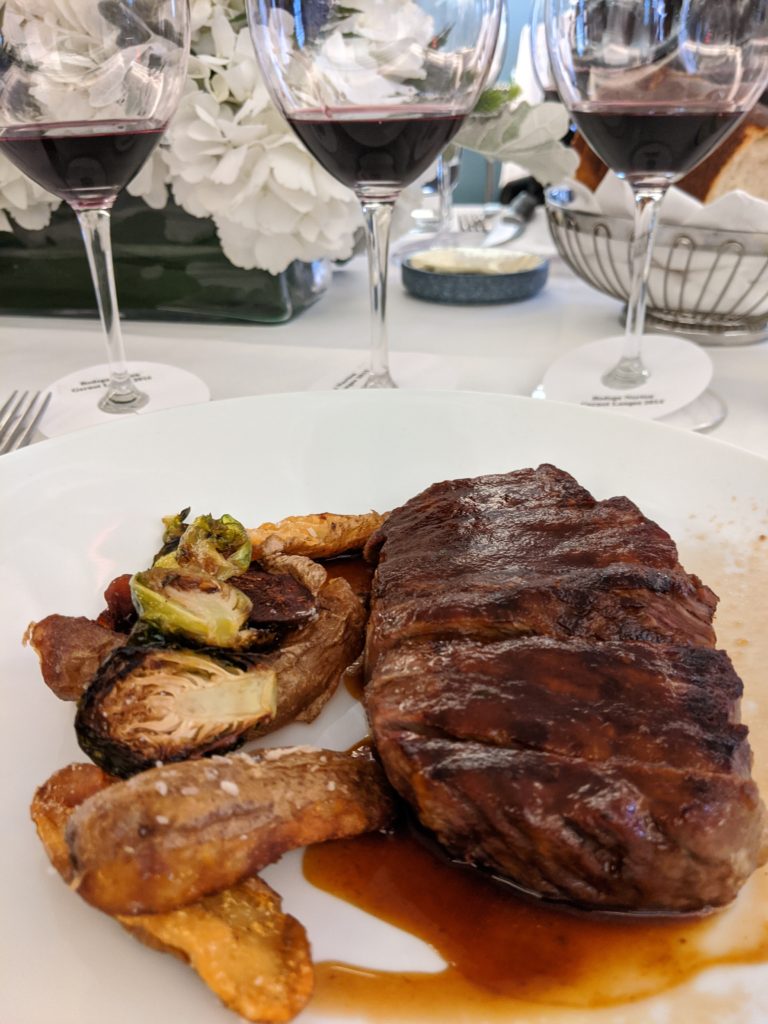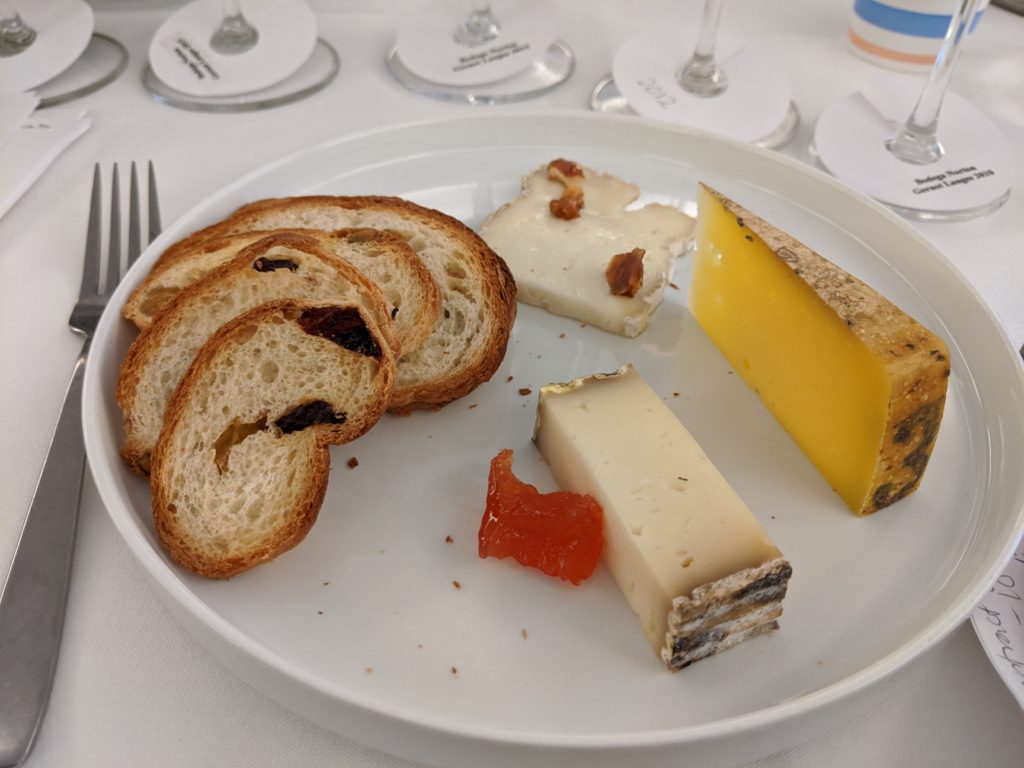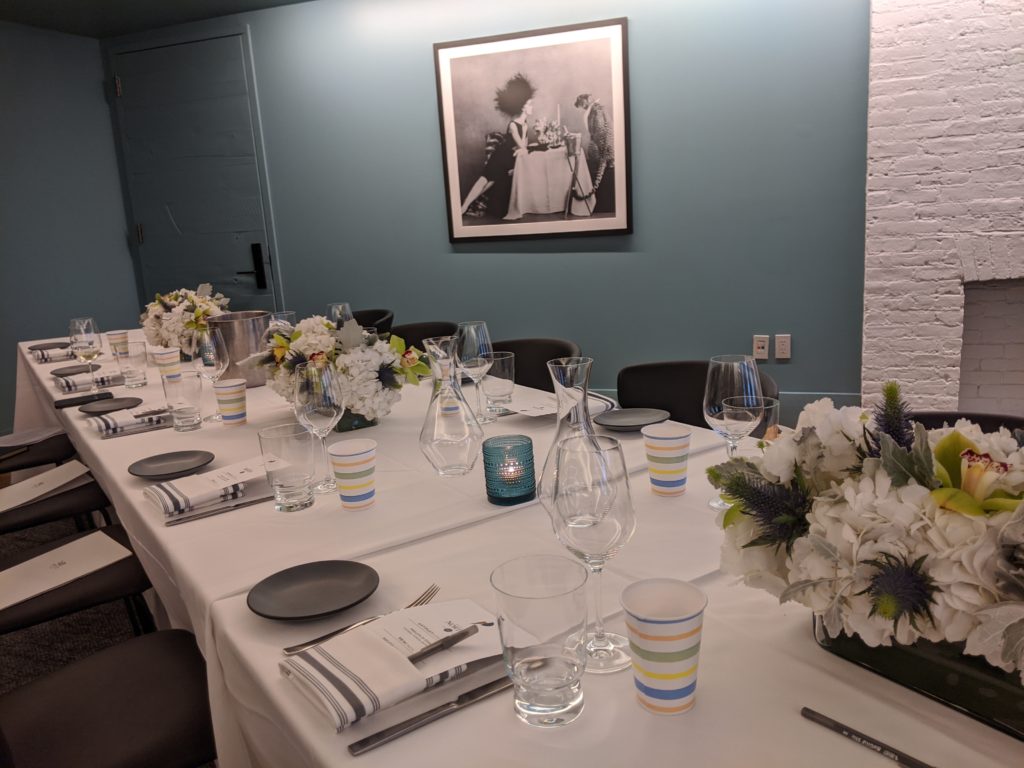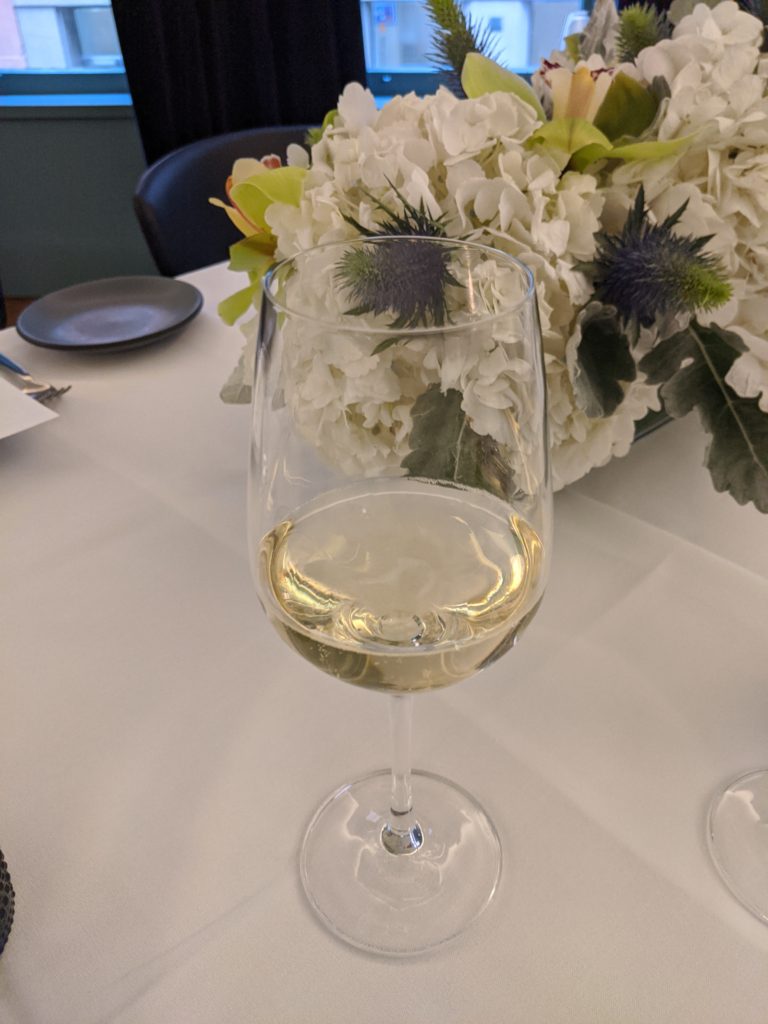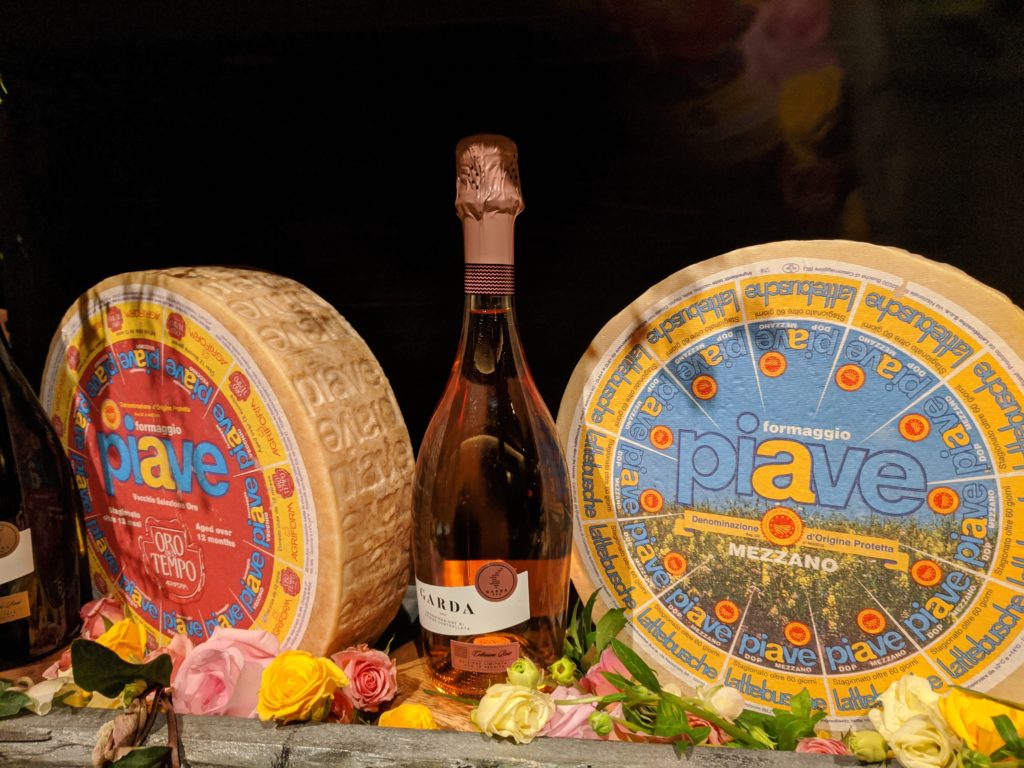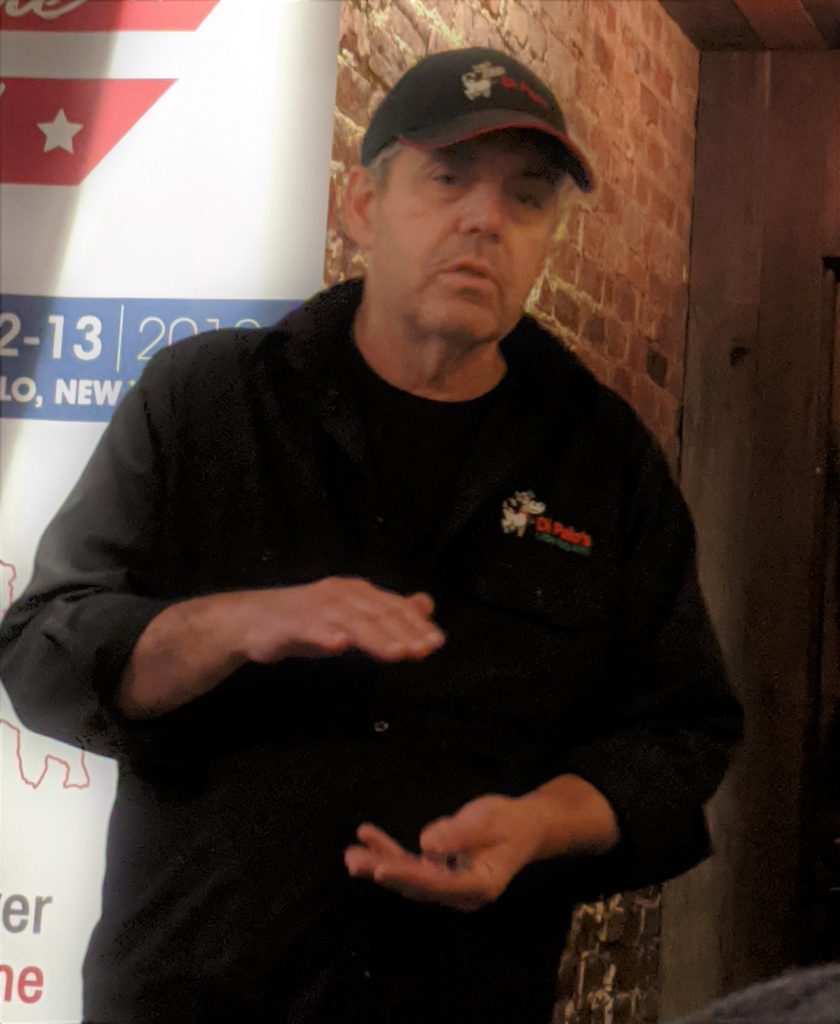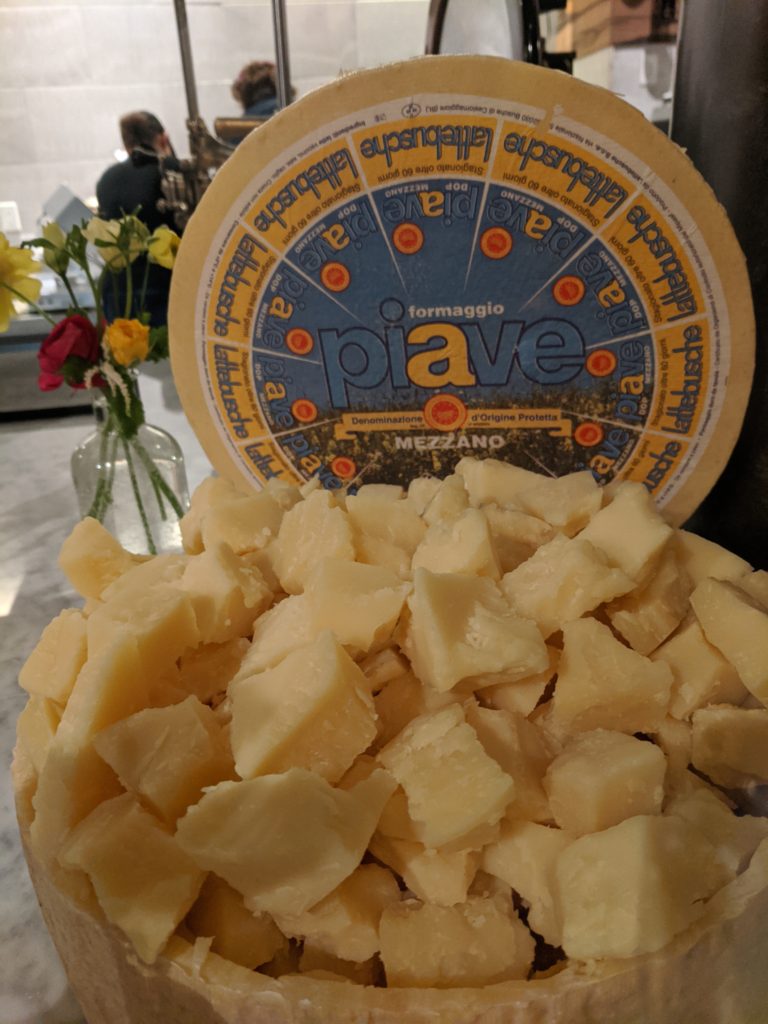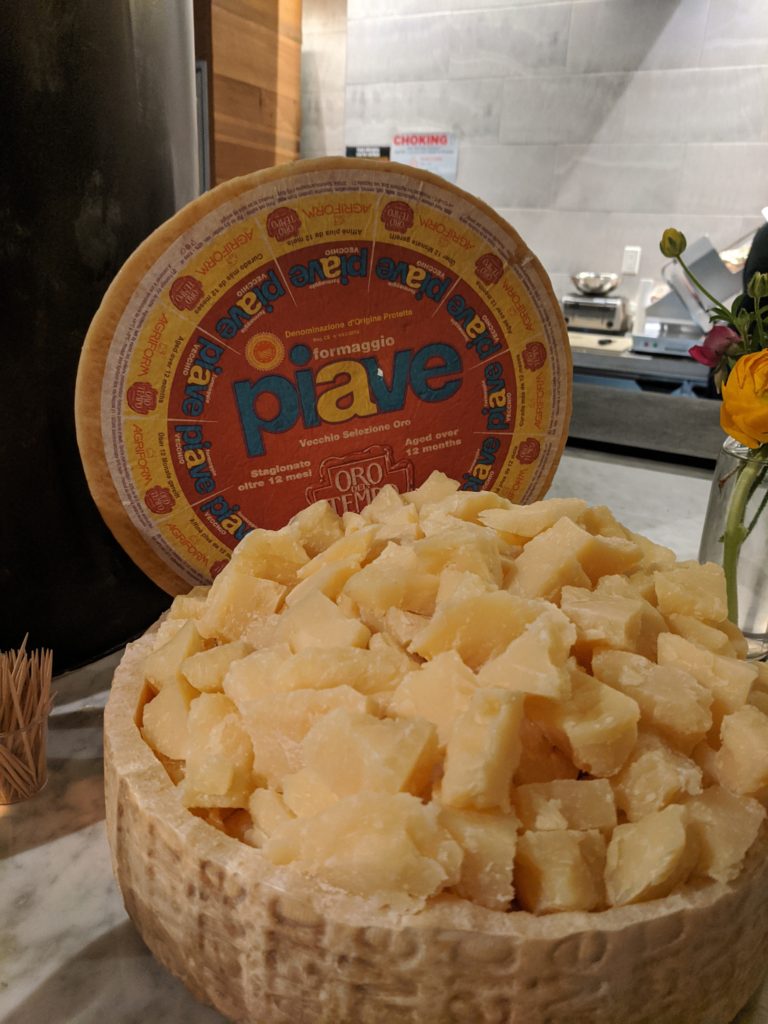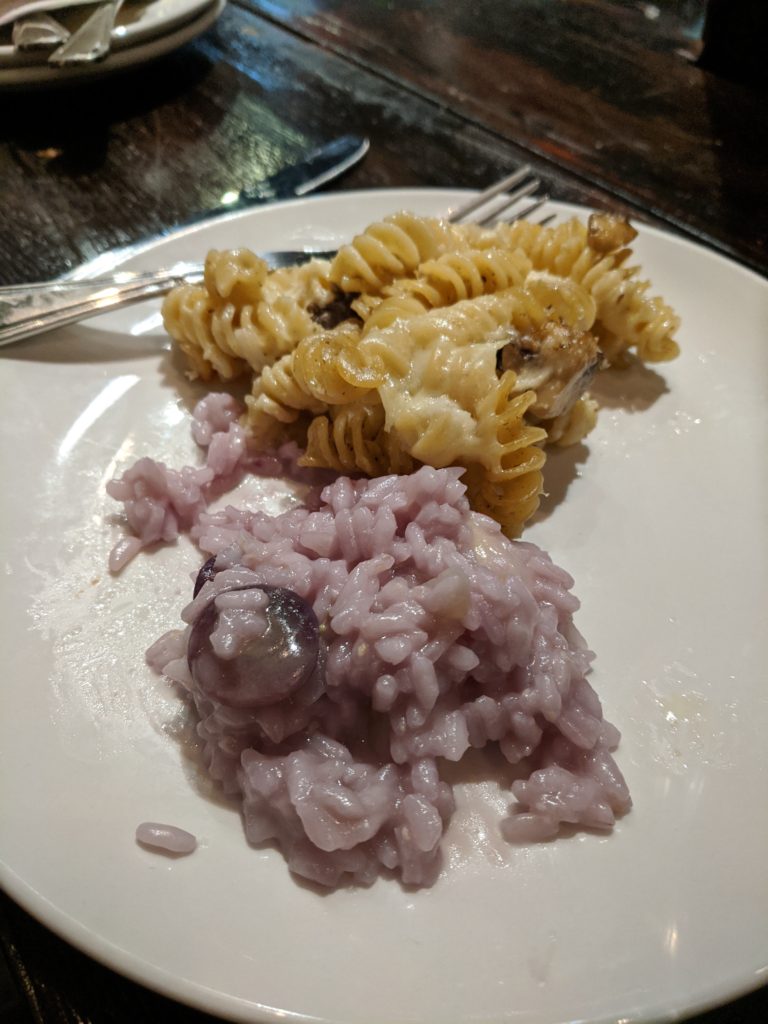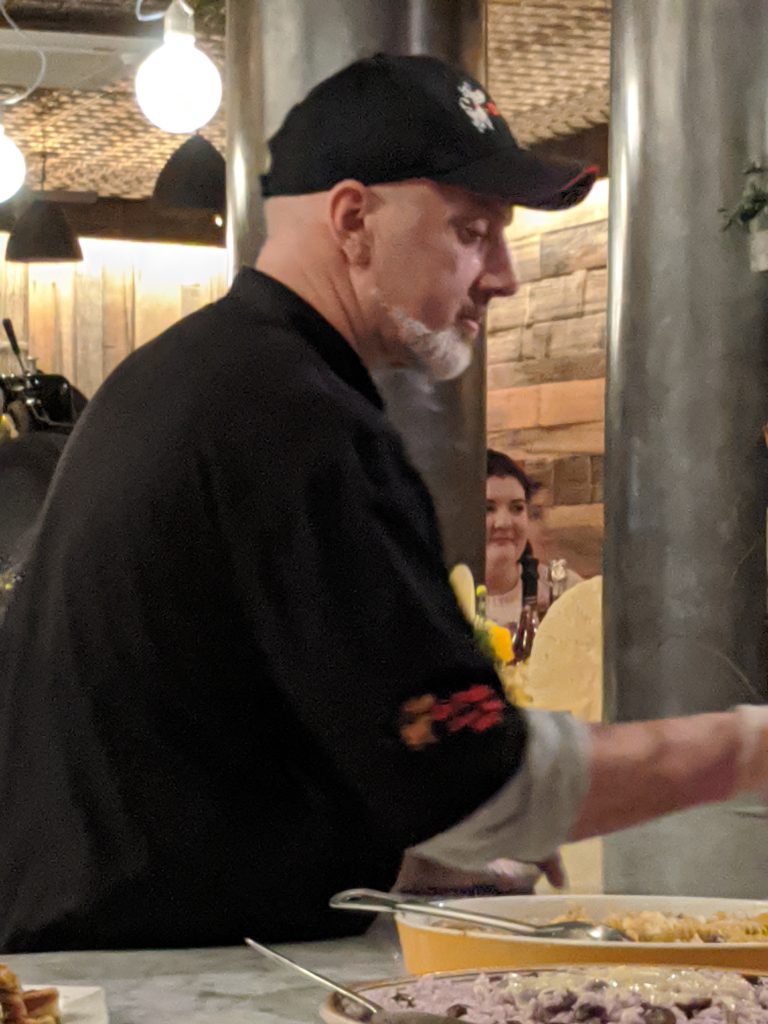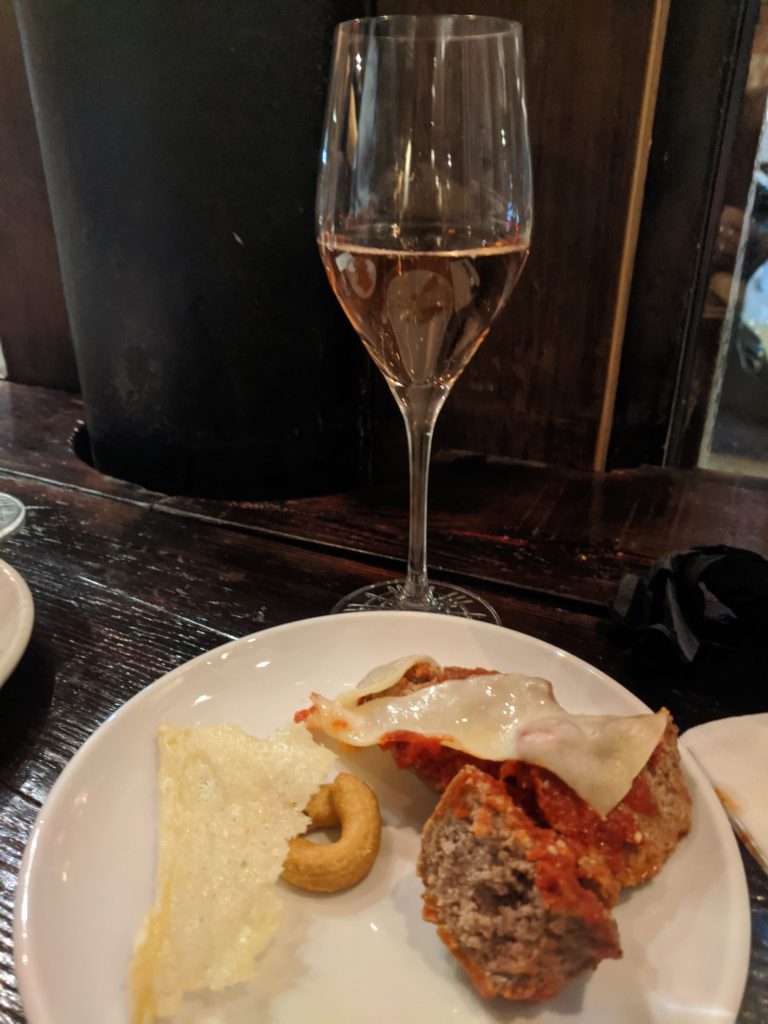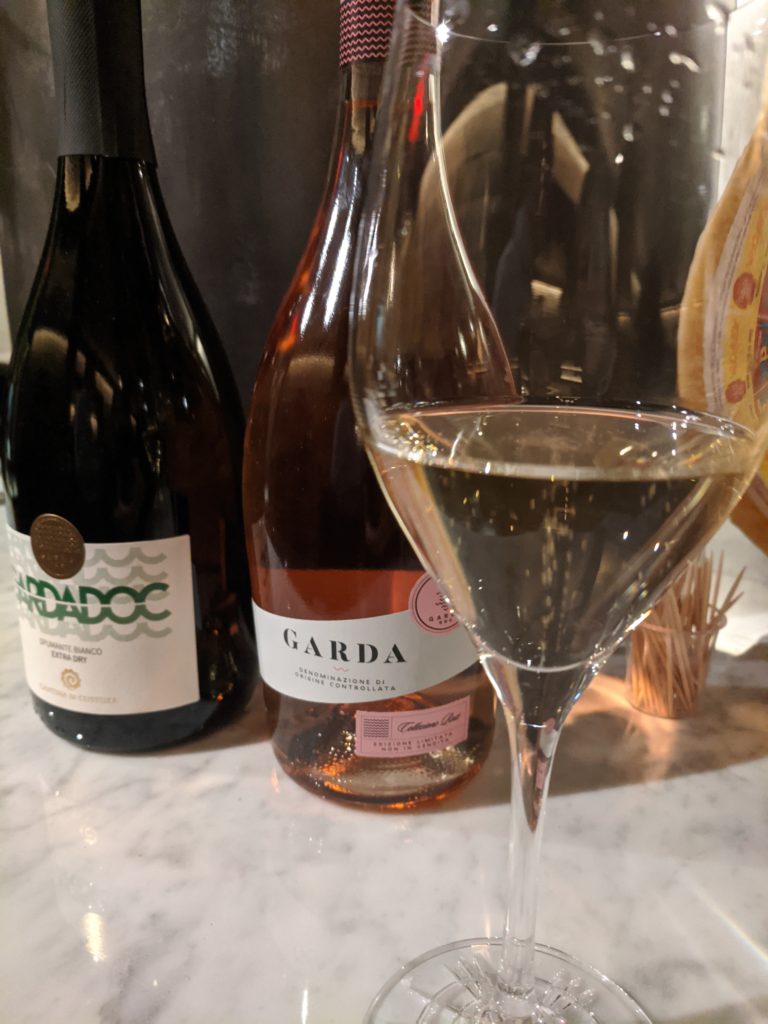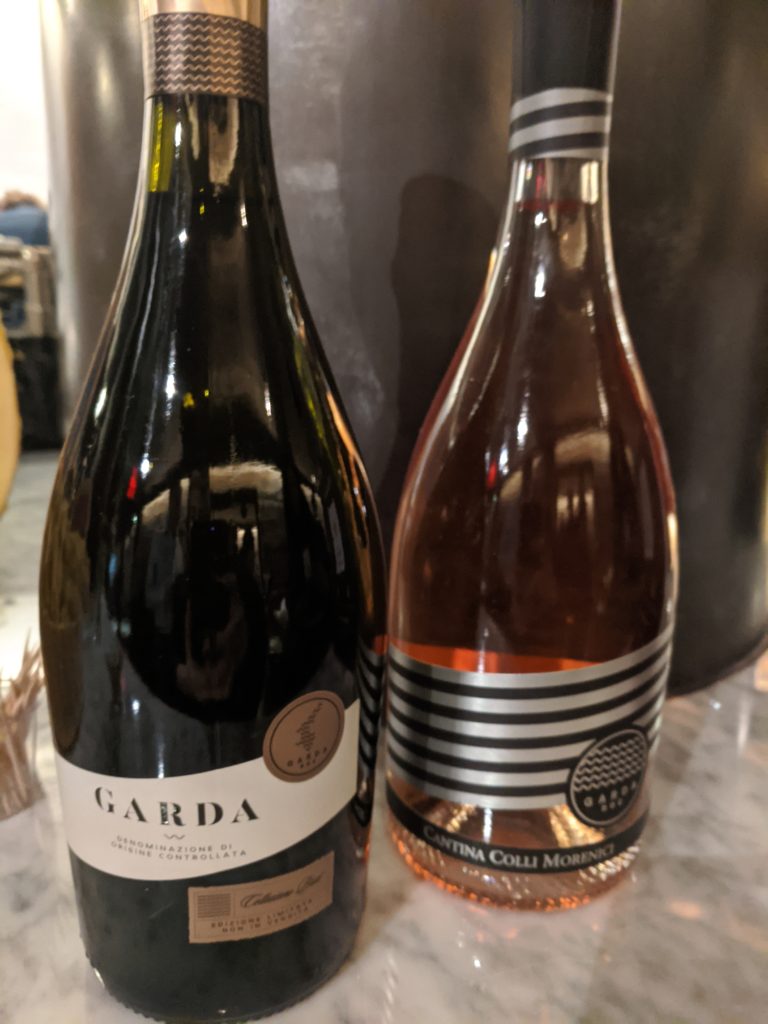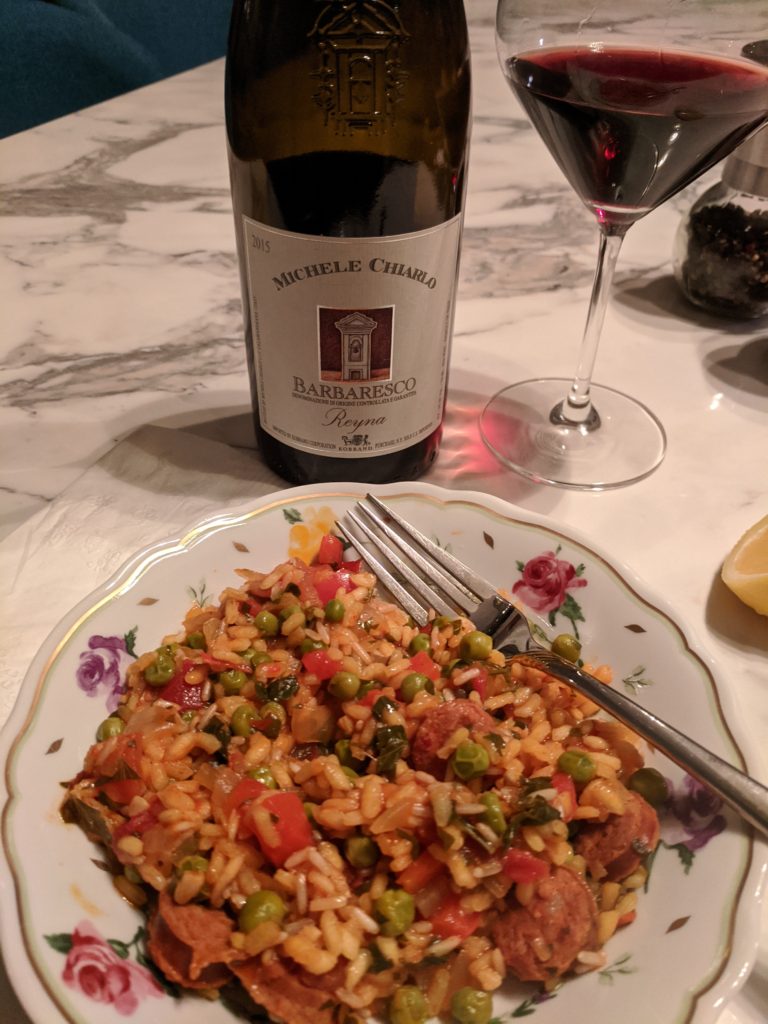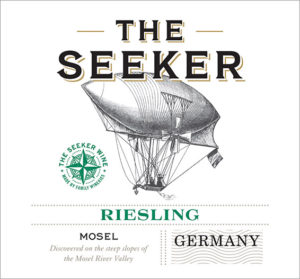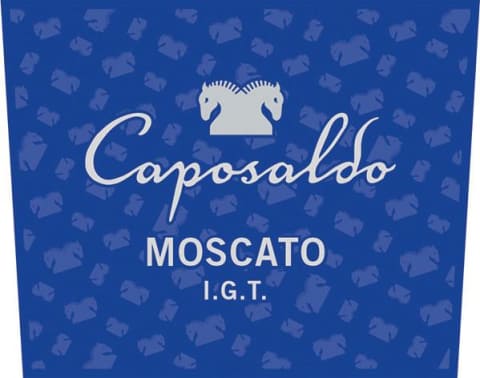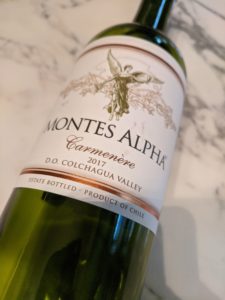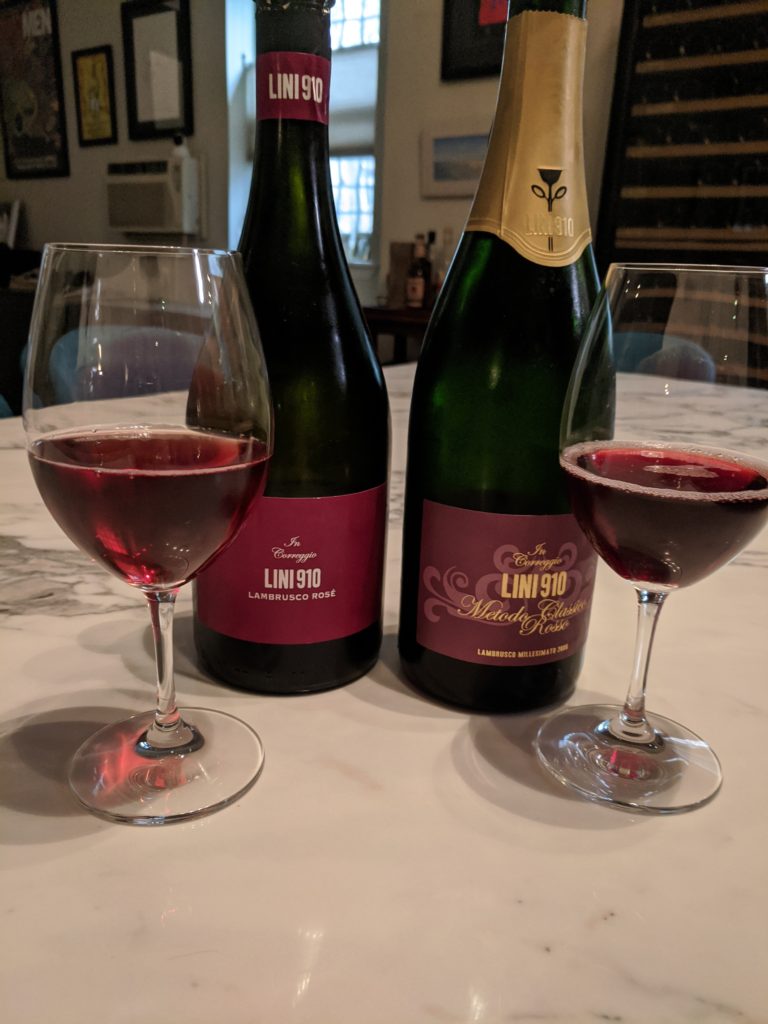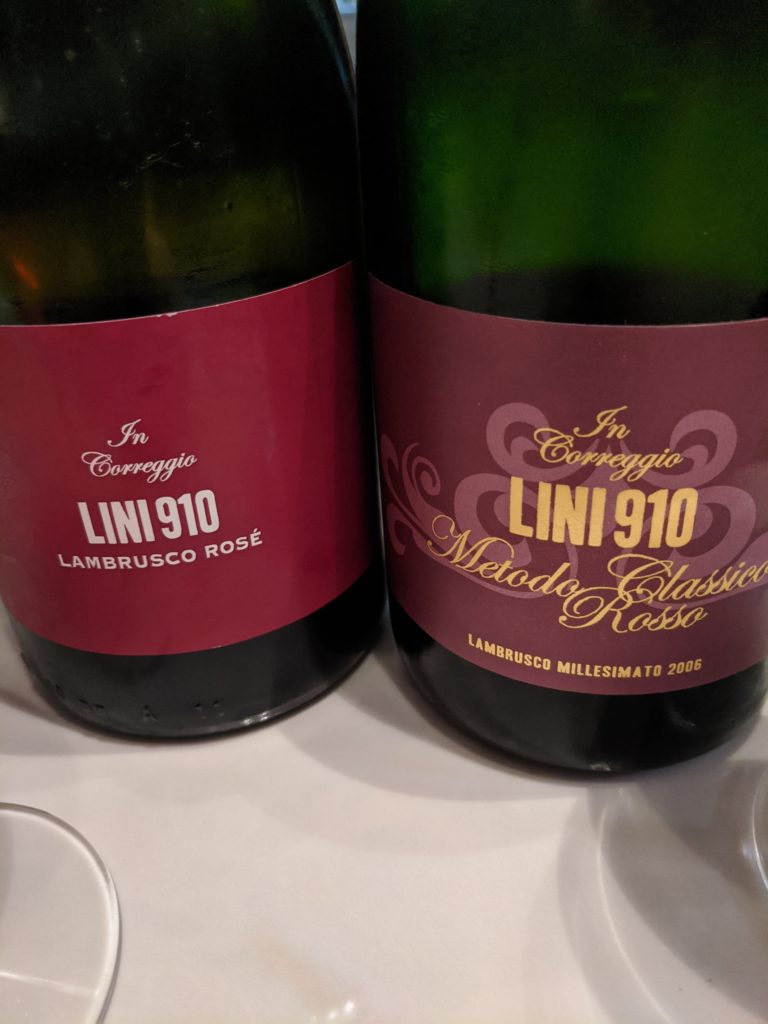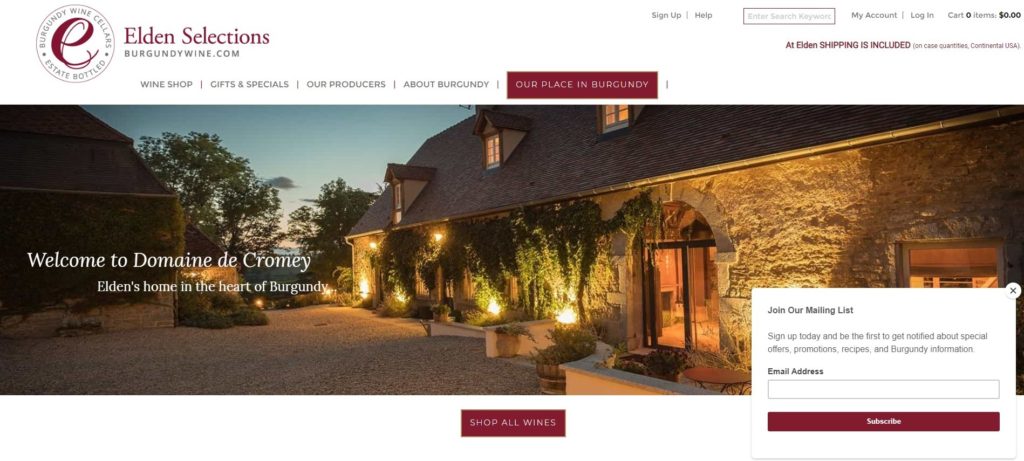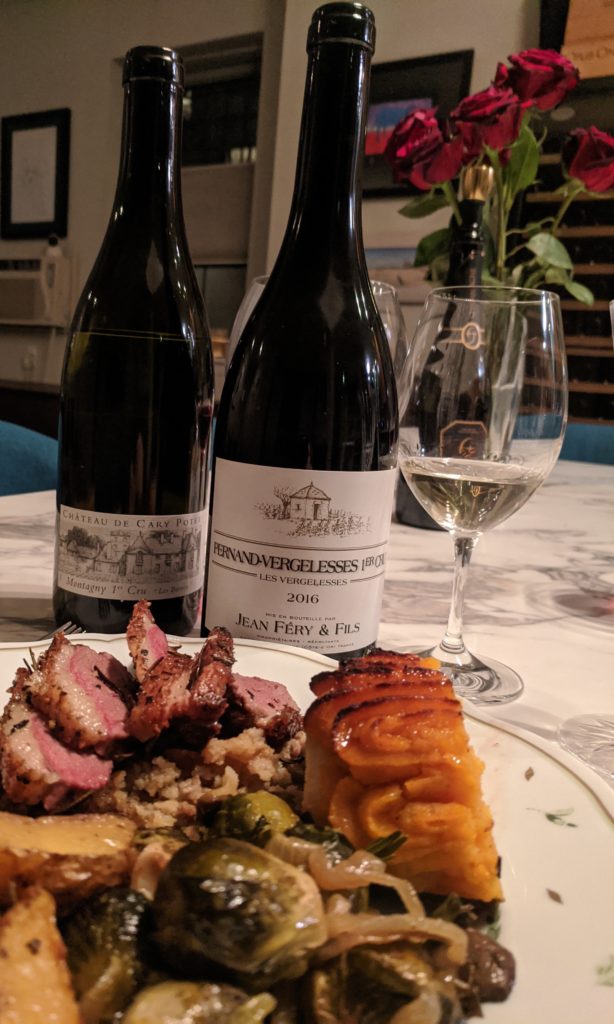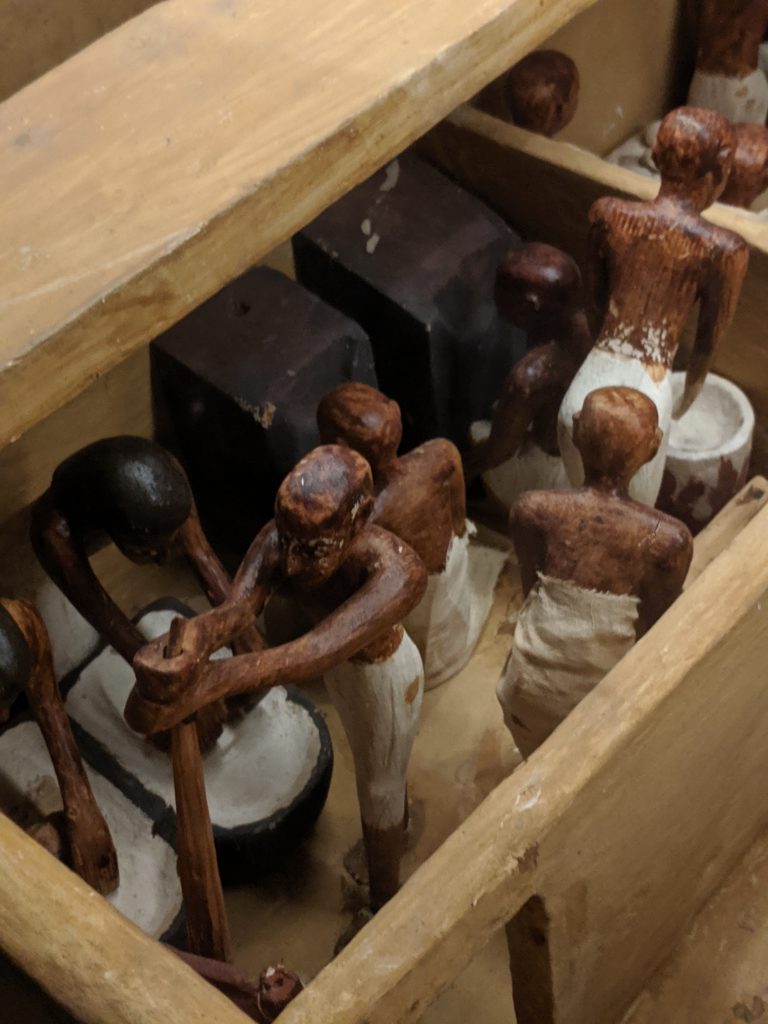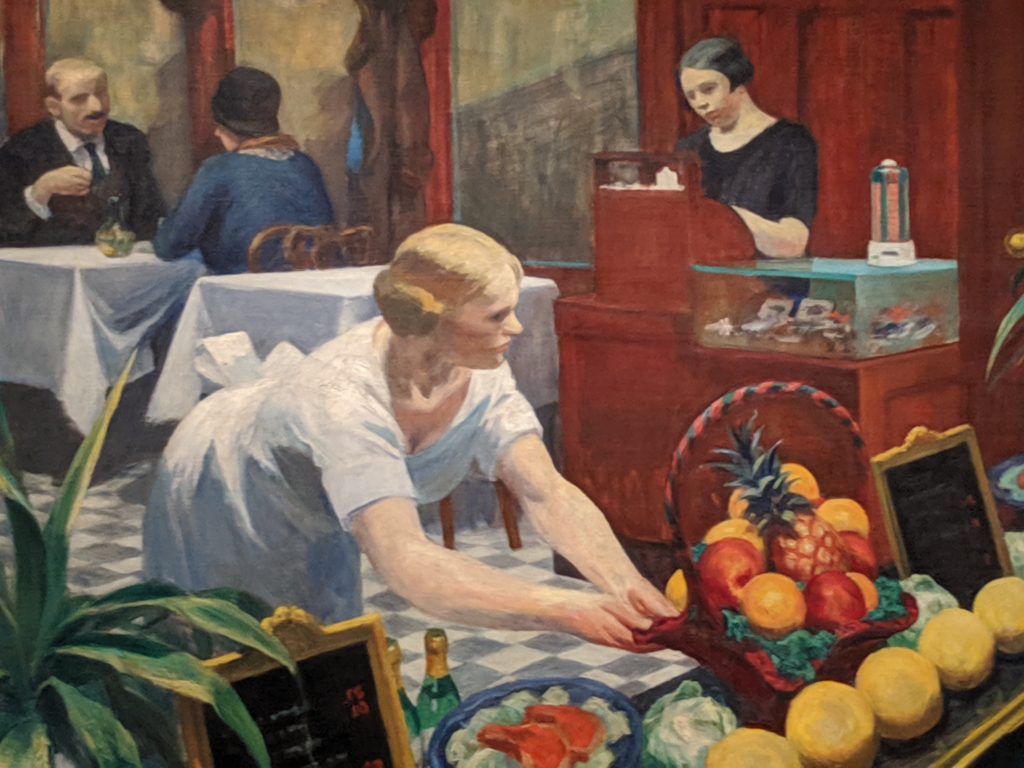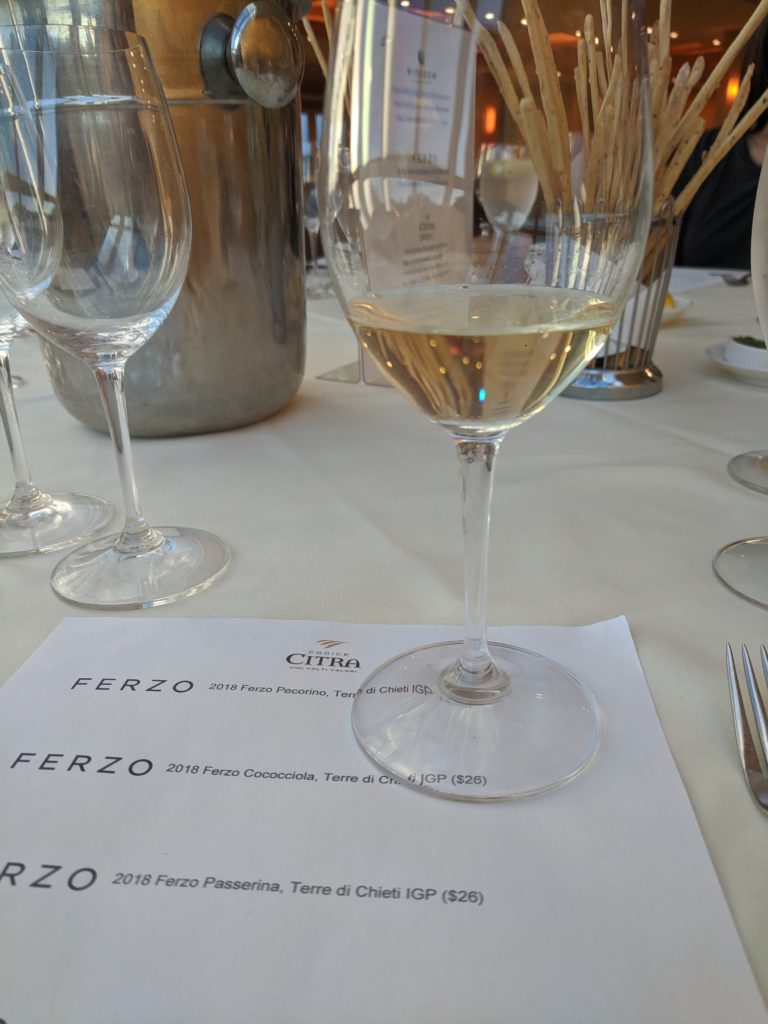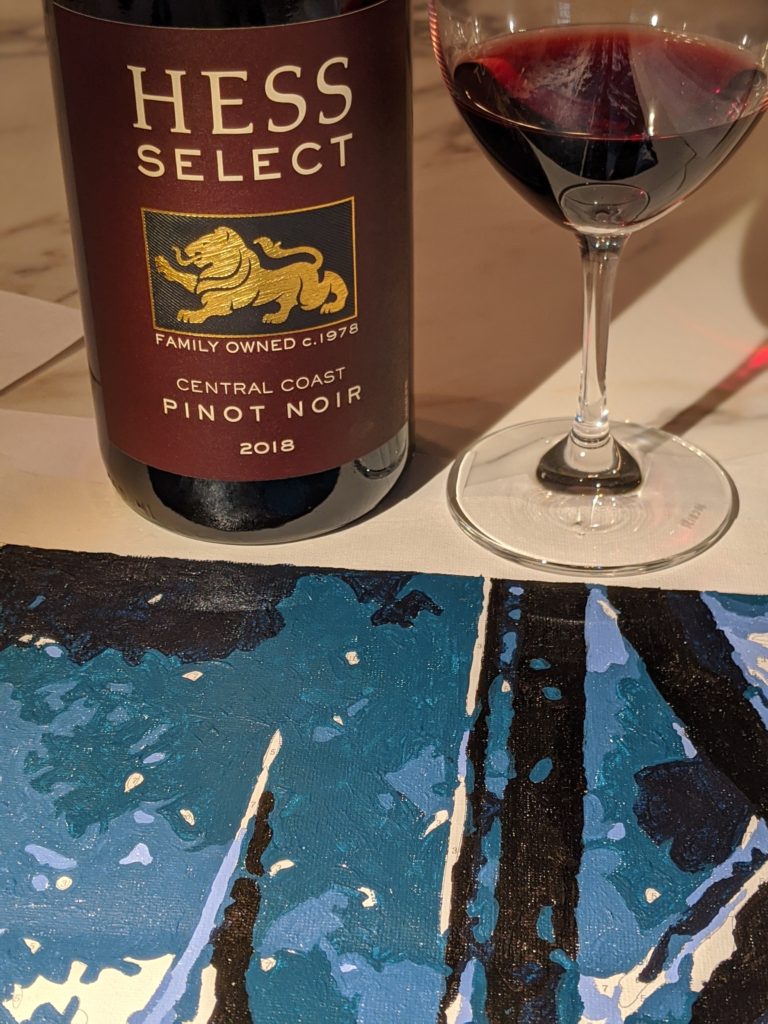
As Natalie Merchant, of 10,000 Maniacs, once sang,
“These are Days you’ll remember
Never before and never since
I promise”
I know that I have been fortunate thus far and am choosing to see the beauty amidst the chaos, so I am proceeding to sing the whole song in all its positivity.
Yes, these are interesting, challenging, unprecedented times. We don’t know what will happen. There is so much uncertainly, but I am choosing to live day by day — to celebrate my life and all that I have right now. I realize that this may be much more difficult for others and I send them much love and healing.
All of this is not to say that everything is perfect. I am doing my fair share of stress eating and drinking. Not the best self care plan, but sometimes the creature comforts work.
Despite the stress and overwhelm, I am trying to follow my mantra of “Everything in moderation…including moderation,” and, to that end, am enjoying a glass or two of wine with meals. It brings a sense of normalcy and elevates our home cooking. We have also adopted the practice of ordering in once a week in an effort to support local businesses specifically and the food industry in general.
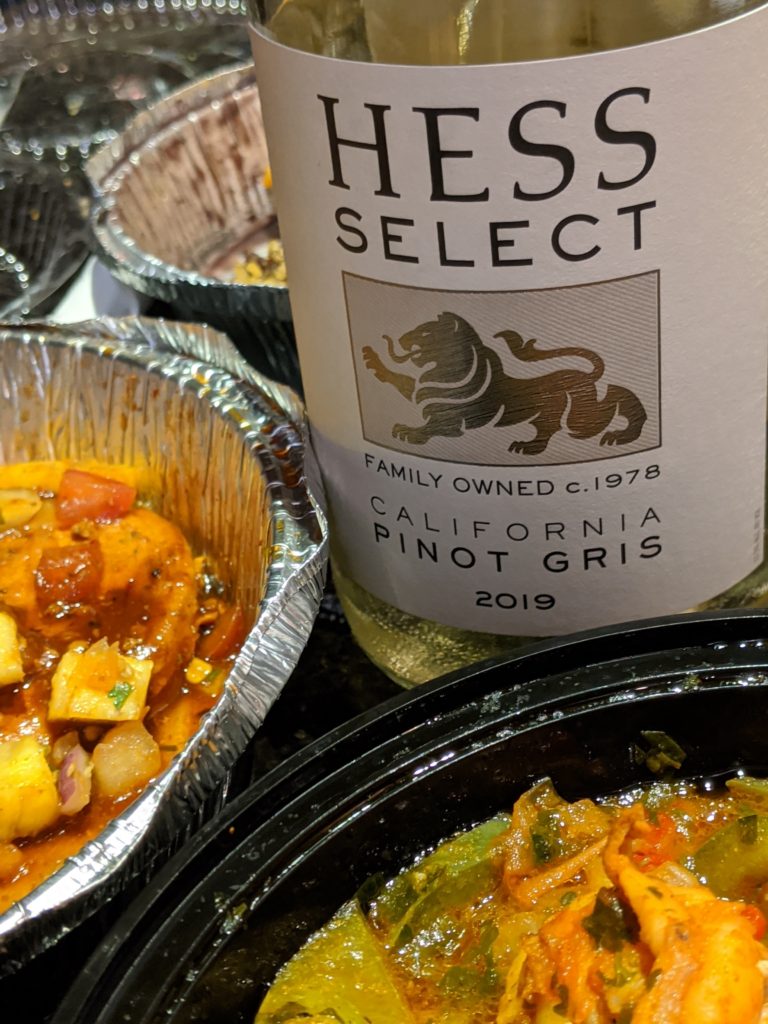
This week found me enjoying a trio of wines from the Hess Select collection: a white, rose and red. I have previously tasted wines from Hess’ more upscale production and have always been impressed with them and their winemaking. With 40 years of experience, it is not surprising that they are so well made.
While the Hess Select wines are produced on a much larger production scale and offer less complexity than higher end wines, they definitely deliver. They are the perfect go-to wines when you want to pour a food-friendly option that won’t break the bank, require significant thought or seem like an extravagance.
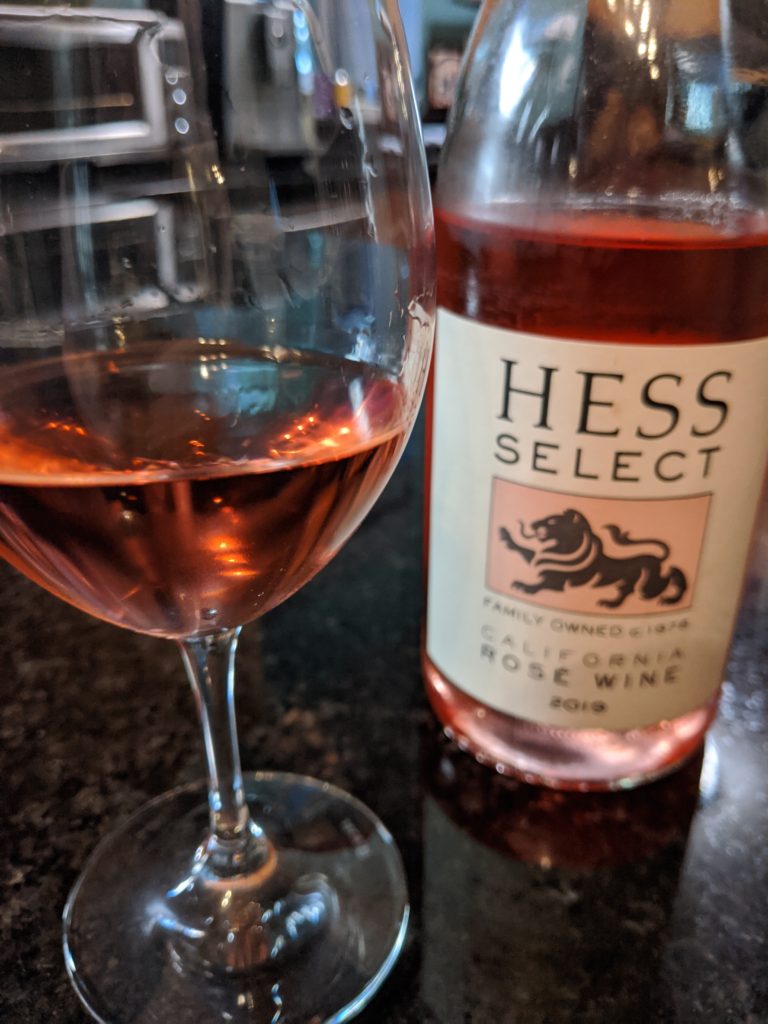
My favorite of the three was the Pinot Noir from California’s Central Coast. It was really lovely and provided a great Pinot Noir experience at a very reasonable Pinot price point ($19 SRP). The nose offered up herbal and mushroom aromas, giving way to a ripe palate of spice, dried herbs and rich cherry and berry flavors, with long length.
With the arrival of Spring, the rose was a welcome ray of sunshine, greeting the nose with watermelon and cotton candy, both of which persisted on the dry, crisp palate. Finally, the full-bodied Pinot Gris presented with ripe melon notes and paired well with our Mexican take-out.
When not eating or drinking, in order to keep busy and step away from the computer, I have taken up painting-by-numbers. This has become a meditative practice for me as well as a creative outlet. May you each find your own way to navigate these days with health, sanity and (perhaps) a glass of wine!
WINES MENTIONED ABOVE
Hess Select Pinot Gris 2019, California, USA, $12.00
Hess Select Rose 2019, California, USA, $12.00
Hess Select Pinot Noir 2018, Central Coast (CA), USA, $19.00
Full Lyrics: These are days
These are days you’ll remember
Never before and never since
I promise
Will the whole world be warm as this
And as you feel it
You’ll know it’s true
That you are blessed and lucky
It’s true that you
Are touched by something
That will grow in you, in you
These are days you’ll remember
When May is rushing over you with desire
To be part of the miracles you see in every hour
You’ll know it’s true that you are blessed and lucky
It’s true that you
Are touched by something
That will grow and bloom in you
These are days
These are the days you might fill with laughter until you break
These days you might feel a shaft of light
Make its way across your face
And when you do you’ll know how it was meant to be
See the signs and know their meaning
It’s true
You’ll know how it was meant to be
Hear the signs and know they’re speaking to you, to you
Source: LyricFind
Songwriters: Buck Robert / Jerome Augustyniak / Natalie Merchant / Natalie A Merchant / Robert Buck
These Are Days lyrics © Words & Music A Div Of Big Deal Music LLC

